Forums
- Forums
- Duggy's Reference Hangar
- RAF Library
- Supermarine Southampton
Supermarine Southampton
Post a reply
- Go to Previous topic
- Go to Next topic
- Go to Welcome
- Go to Introduce Yourself
- Go to General Discussion
- Go to Screenshots, Images and Videos
- Go to Off topic
- Go to Works in Progress
- Go to Skinning Tips / Tutorials
- Go to Skin Requests
- Go to IJAAF Library
- Go to Luftwaffe Library
- Go to RAF Library
- Go to USAAF / USN Library
- Go to Misc Library
- Go to The Ops Room
- Go to Made in Germany
- Go to Campaigns and Missions
- Go to Works in Progress
- Go to Juri's Air-Raid Shelter
- Go to Campaigns and Missions
- Go to Works in Progress
- Go to Skinpacks
- Go to External Projects Discussion
- Go to Books & Resources
-
2 years agoTue Dec 24 2024, 01:28pmDuggy
 Main AdminThe Supermarine Southampton was a flying boat of the interwar period designed and produced by the British aircraft manufacturer Supermarine. It was one of the most successful flying boats of the era.
Main AdminThe Supermarine Southampton was a flying boat of the interwar period designed and produced by the British aircraft manufacturer Supermarine. It was one of the most successful flying boats of the era.
The Southampton was derived from the experimental Supermarine Swan, and thus was developed at a relatively high pace. According to the aviation authors C. F. Andrews and E. B. Morgan, the design of the Southampton represented a new standard for maritime aircraft, and was a major accomplished for Supermarine's design team, headed by R. J. Mitchell.Demand for the type was such that Supermarine had to expand its production capacity to keep up.
During August 1925, the Southampton entered service with the Royal Air Force (RAF), with whom the type gained a favourable reputation via a series of long-distance formation flights. Further customers emerged for the type, including the Imperial Japanese Navy, Argentine Naval Aviation, and Royal Danish Navy. Several were also adopted by civilian operators, such as Imperial Airways and Japan Air Transport. Amongst other feats, the Southampton facilitated an early ten-passenger cross-channel airline service between England and France.
Background
The origins of the Southampton can be traced back to an earlier experimental aircraft, the Supermarine Swan, which made its maiden flight on 25 March 1924. Around the same time frame, British authorities were having a difficult time procuring effective large flying boats, having been disappointed by types such as the Felixstowe F.5; according to Andrews and Morgan, officials were close to giving up their ambitions. Having been impressed by the Swan's performance during trials held at RAF Felixstowe, the British Air Ministry generated Specification R.18/24 and promptly ordered a batch of six production aircraft, named Southampton, from Supermarine. This order was directly from the drawing board, an unusual arrangement that showed substantial confidence in the design.
Supermarine's design team on the Southampton was headed by the aeronautical engineer R. J. Mitchell, better known as the designer of the later Spitfire. As the Swan had acted in effect as a prototype, the development time was relatively compact. Simplicity was a key philosophy practised by the design team, leading to the elimination of tradition cross-bracing wires between the wings. Despite this, traditional manufacturing practices of the era were often spurned in favour of new approaches, such as the deliberate avoidance of integrating the lower wing with the fuselage to leave the decking and inner wing section free to be independently worked upon.
Into flight
On 10 March 1925, the maiden flight of the first production aircraft was conducted; piloted by Henry Charles Biard.While this flight was largely successful, one of the wingtip floats sustained minor damage, leading to their angle of incidence being quickly adjusted to prevent reoccurrence prior to their complete redesign later on. Four days later, the contractor's trials were completed, thus the Southampton was promptly flown to Felixstowe, where it underwent type trials. These were passed with relative ease, including its ability to maintain altitude on only a single engine, leading to the aircraft's formal delivery to the Royal Air Force (RAF) occurring during mid-1925.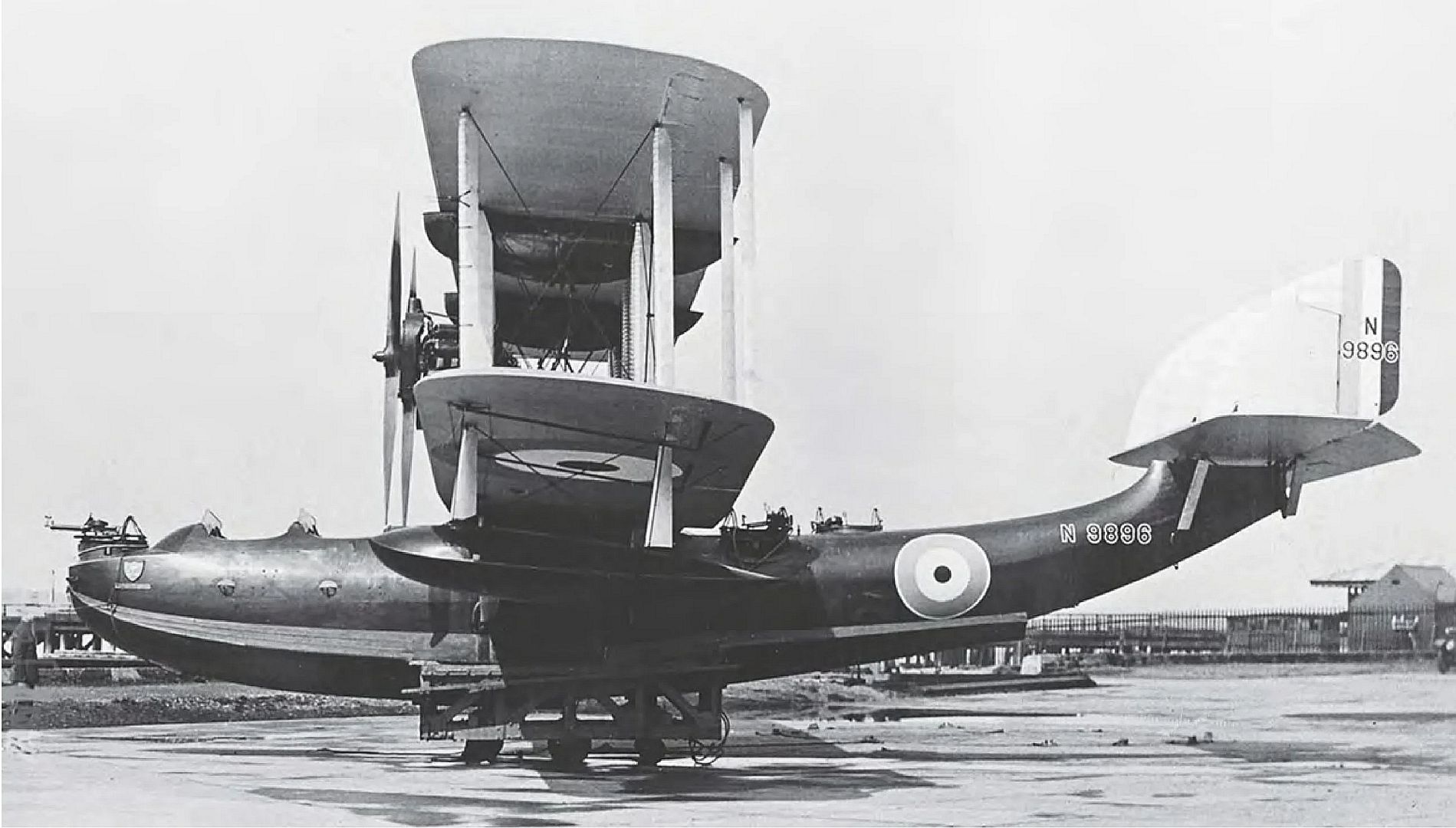
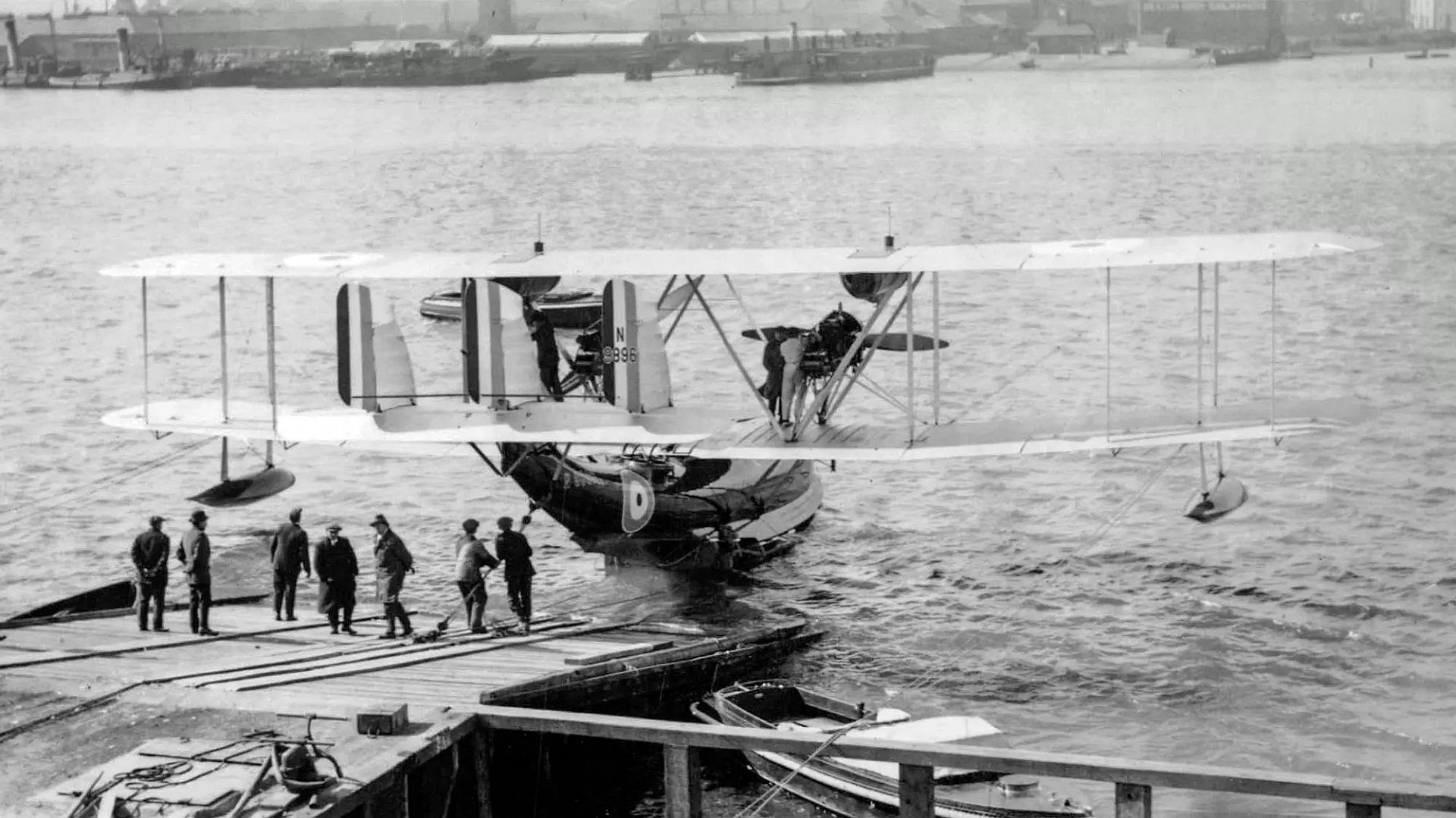
Following the completion of the initial six aircraft, further orders for the Southampton were promptly received. Supermarine lacked the factory capacity to keep up with demand, thus an additional facility were acquired on the other side of Southampton Water, after which production of the type was centred in this location. Throughout the type's production run, the Southampton's design continued to be refined; changes included improved engines models and the substitution of the wooden hull and its wings with metal (duralumin) counterparts. By the end of production, a total of 83 Southamptons were constructed, excluding the three-engined Southampton MK X, which was a single prototype.
Several models and derivates of the Southampton were developed; it was effectively replaced in production by the Supermarine Scapa, which was one such derivative.
Design
The Supermarine Southampton was a twin-engine biplane flying boat, which was typically powered by a pair of Napier Lion twelve-cylinder engines. The engines are mount on pylons positioned between the wings in a tractor configuration. The engine installation enabled both maintenance and engine swaps to be performed without any interaction with the wing structure. Fuel was gravity-fed to the engines from tanks within the upper wings, the fuselage was kept free of any fuel lines, aside from a fuel pump used to refill the wingtanks from an aft sump while at anchor. The crew were positioned so that they could readily communicate with one another. There were three positions for machine guns, one set upon the nose and two staggered towards either side of the rear fuselage. These rear gunners had a relatively favourable field of fire.
The Southampton's structure was revised substantially over successive batches. The Southampton Mk I had both its hull and its wings manufactured from wood, while the Southampton Mk II had a hull with a single thickness of metal (duralumin) (the Mk I had a double wooden bottom); this change gave an effective weight saving of 900 lb (410 kg) (of this 900 lb, 500 lb (230 kg) represented the lighter hull, while the remaining 400 lb (180 kg) represented the weight of water that could be soaked up by the wooden hull) allowing for an increase in range of approximately 200 mi (320 km). All metallic elements were anodised to deter corrosion. During 1929, 24 of the Southampton Mk Is were converted by having newly-built metal hulls replacing the wooden ones. Later on, the type was also furnished with metal propellers produced by Leitner-Watts.Some of the later aircraft were built with metal wings and were probably designated as Southampton Mk III, although this designation's usage has been disputed.
Operational history
During August 1925, the first Southamptons entered service with the RAF, the type being initially assigned to No. 480 (Coastal Reconnaissance) Flight, based at RAF Calshot. As validated through a series of exercises, the ability of the Southampton to independently operate, even within inhospitable weather conditions, was well proven. Andrews and Morgan observed that the Southampton quickly proved itself to have primacy amongst European flying boats of the era, a fact that was promptly demonstrated by its overseas activities.
Amongst the tasks of which RAF Southamptons performed was a series of "showing the flag" long-distance formation flights. Perhaps the most notable of these flights was a 43,500 km (27,000 mi) expedition conducted during 1927 and 1928; it was carried out by four Southamptons of the Far East Flight, setting out from Felixstowe via the Mediterranean and India to Singapore. These aircraft featured various technical changes, including enlarged fuel tanks composed of tinned steel, increased oil tankage, greater radiator surface area, and the removal of all armaments. According to Andrews and Morgan, the Southampton acquired considerable fame amongst the general public from these flights; Supermarine also shared in this reputation gain. There were also practical benefits of these flights, as new anti-corrosion techniques were developed as a result of feedback.
While the RAF was the type's most high-profile customer, further Southamptons were sold to a number of other countries. Eight new aircraft were sold to Argentina, with Turkey purchasing six aircraft and Australia buying two ex-RAF Mk 1 aircraft. Japan also purchased a single aircraft which was later converted into an 18-passenger cabin airliner. The United States Navy also requested a quote, but no order materialised. One RAF aircraft was loaned to Imperial Airways, with British Civil Registration G-AASH(some scources say G-AAFH) sat, for three months from December 1929 to replace a crashed Short Calcutta on the airmail run between Genoa and Alexandria.
Two Ex-RAF Singapore I aircraft were sold to Australia (S1158, S1159 becoming A11-1 and A11-2, respectively) and these aircraft were intended to take part in the RAF Far East Flight’s circumnavigation of Australia. One aircraft (A11-1) was pre-positioned to greet the RAF Far East Flight at Adelaide SA in June 1928. Sadly however, a freak gust of wind overturned the aircraft as it was about to leave to meet up with the RAF flight.
One Vickers Supermarine Southampton (A11-2) subsequently set off on a tour of the major cities of the eastern Australian States, an expedition which generated very positive publicity for the RAAF. Consequently, similar recruitment tours became a regular occurrence during 1929-33 period, with one of the aircraft undertaking such a task every six months or so.
In Australian service, the type proved to be very popular with aircrews due to the combination of a galley and sleeping area. It also found favour as a reliable, stable flying platform that earned high praise from those undertaking long range flights as well as those who maintained them.
The Vickers Supermarine Southampton main role was undertaking aerial surveys and long-range, search and rescue missions at sea. A secondary and almost unexpected usage was for aircrew parachute training.
Operators
Argentina
Argentine Naval Aviation (8)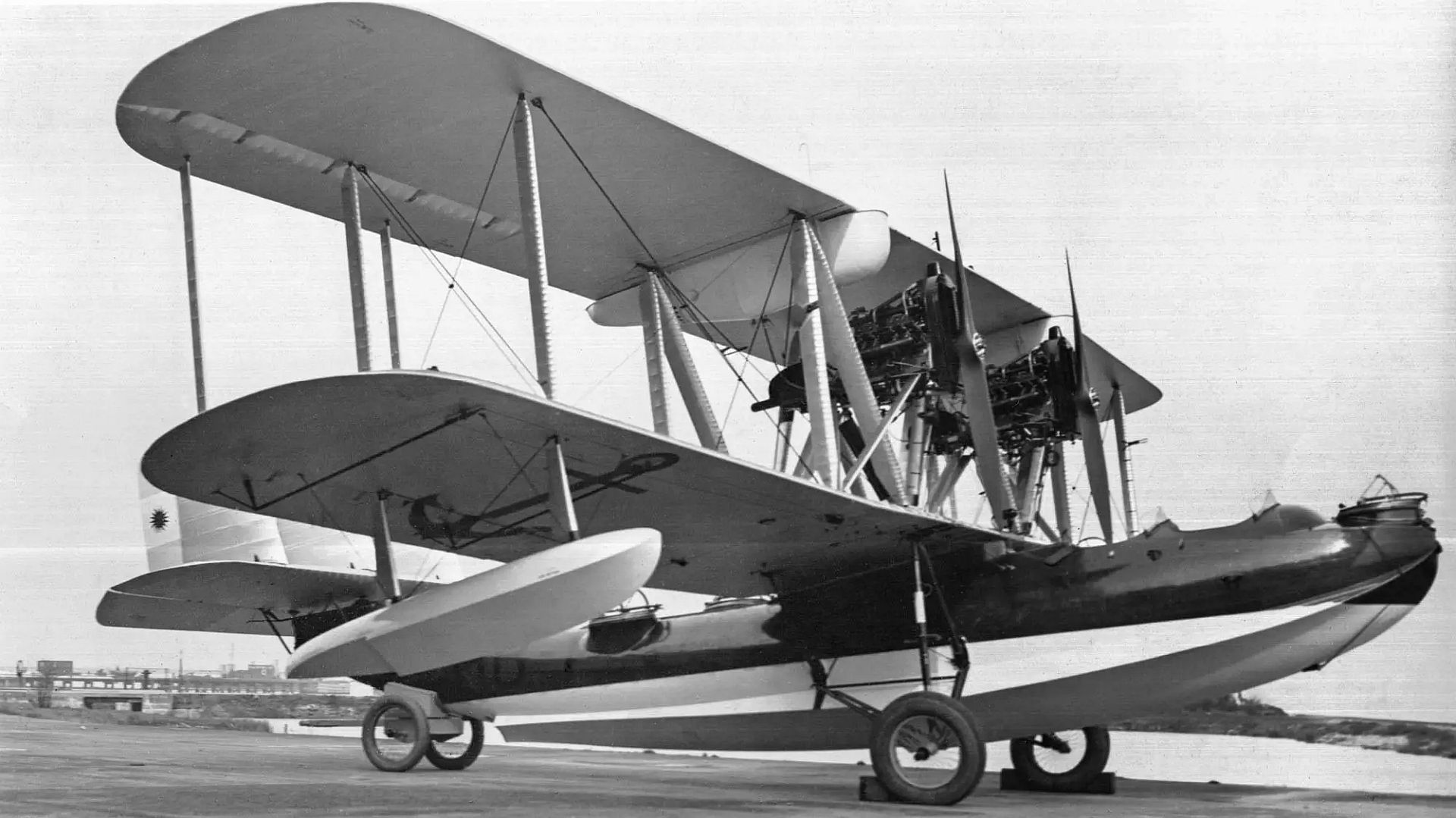
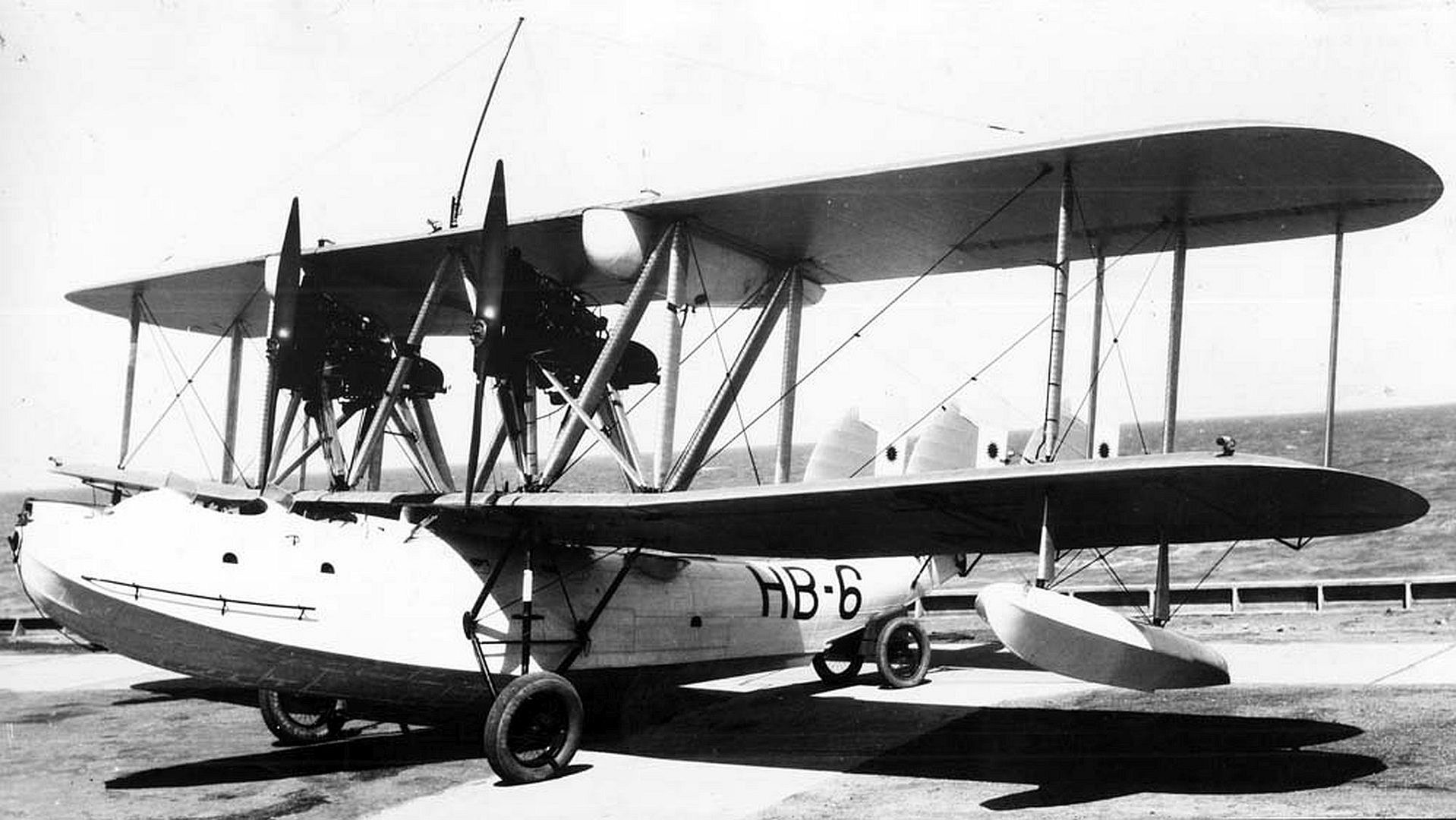
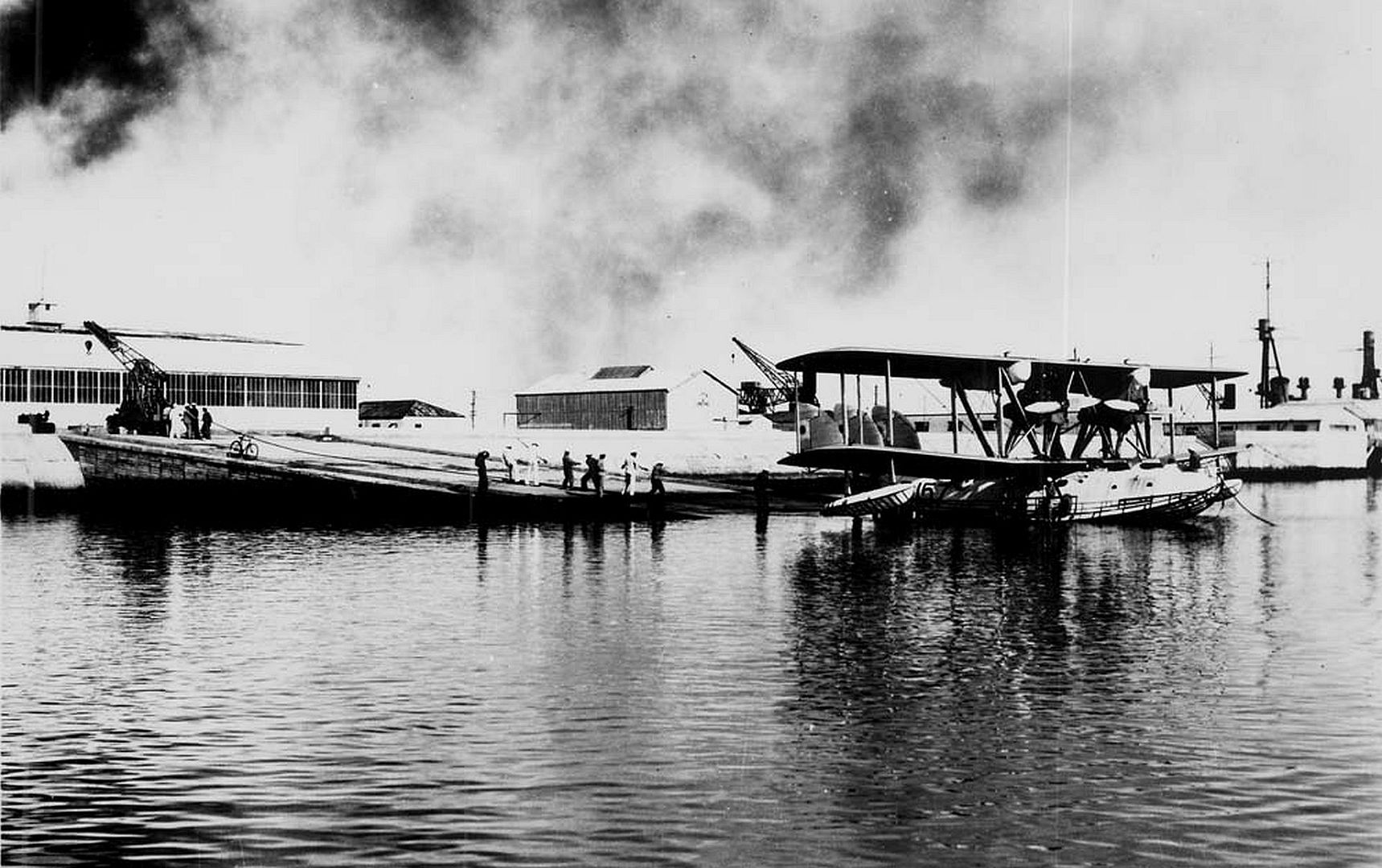
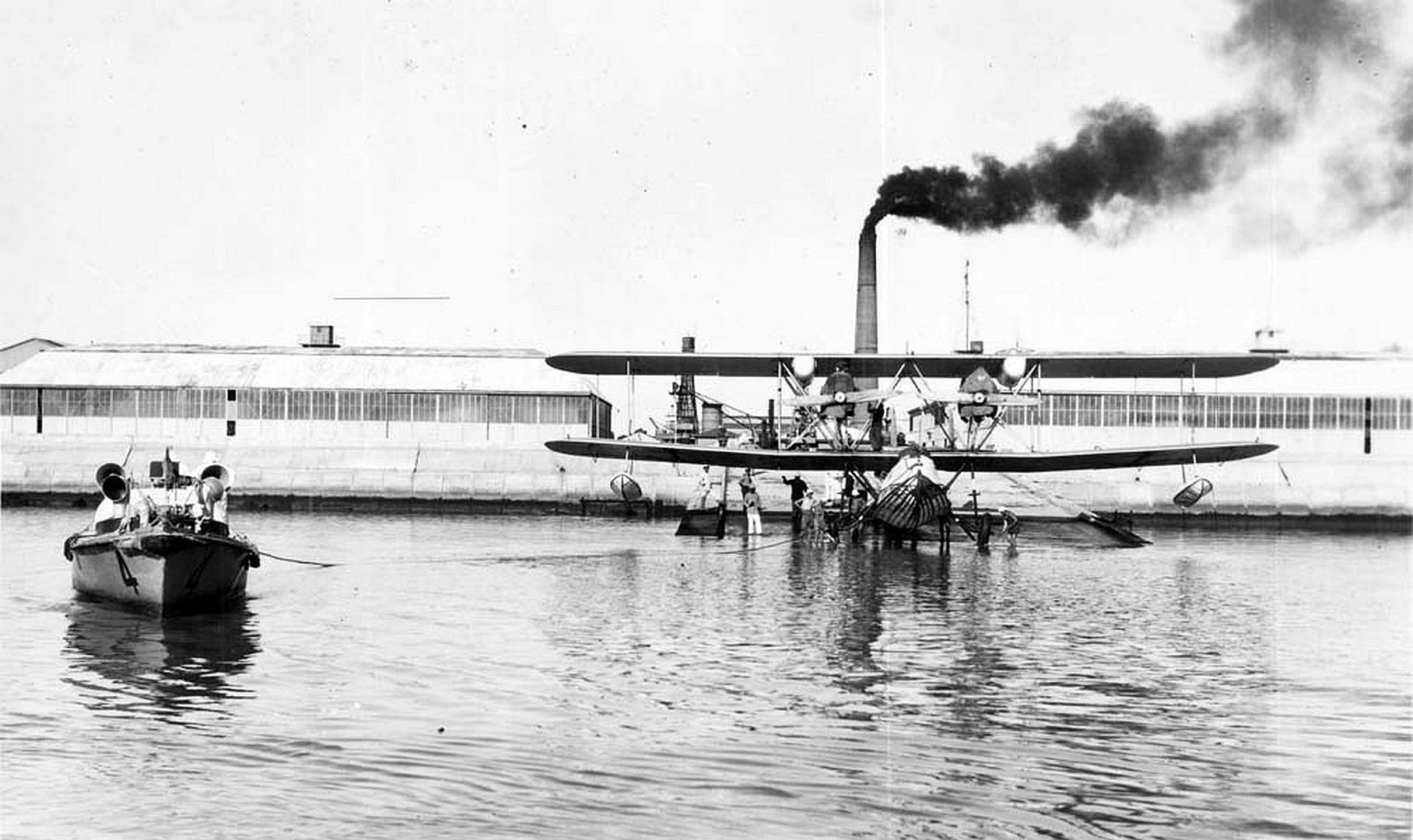

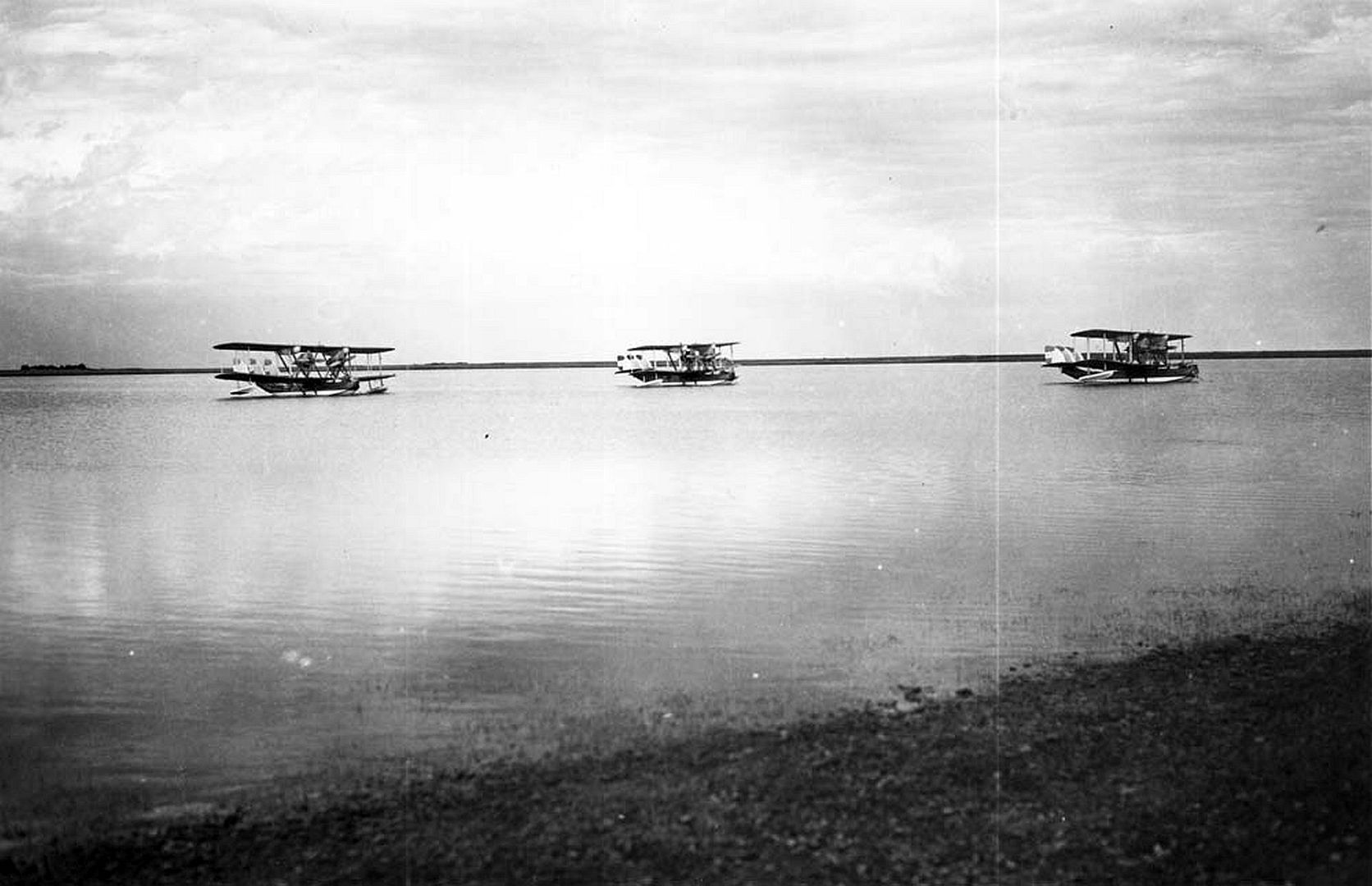
Australia
Royal Australian Air Force
No. 1 Flying Training School's Seaplane Squadron RAAF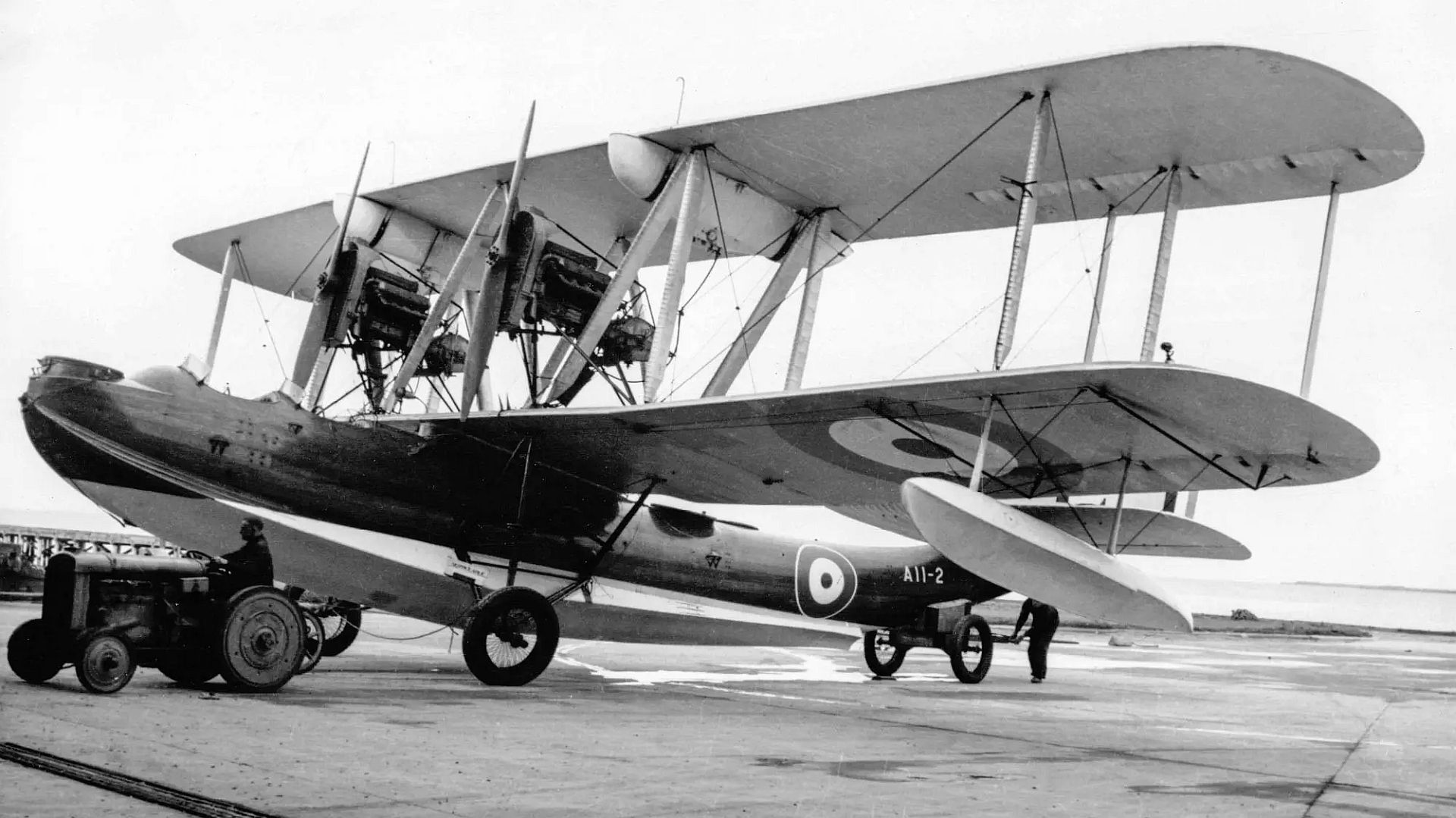
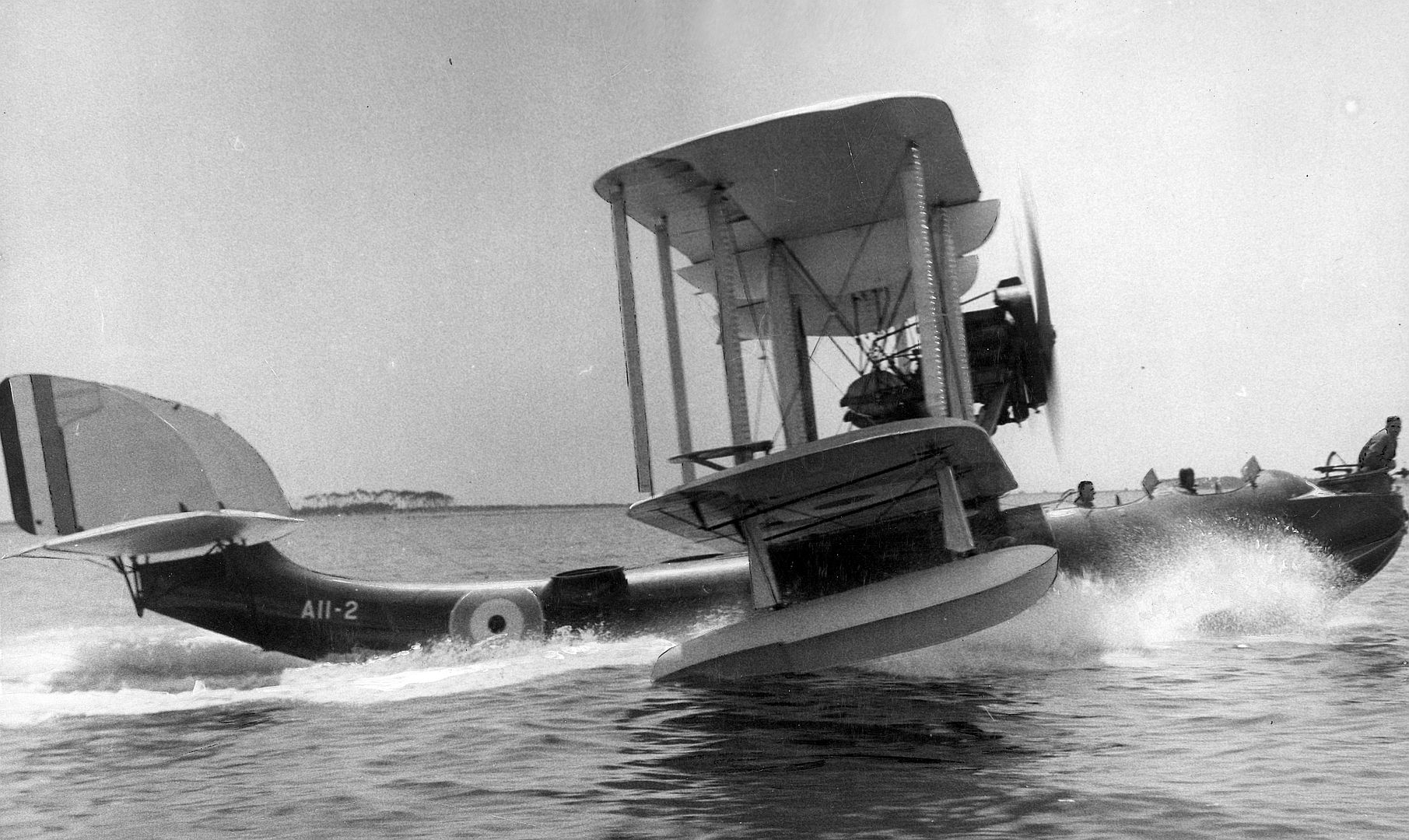
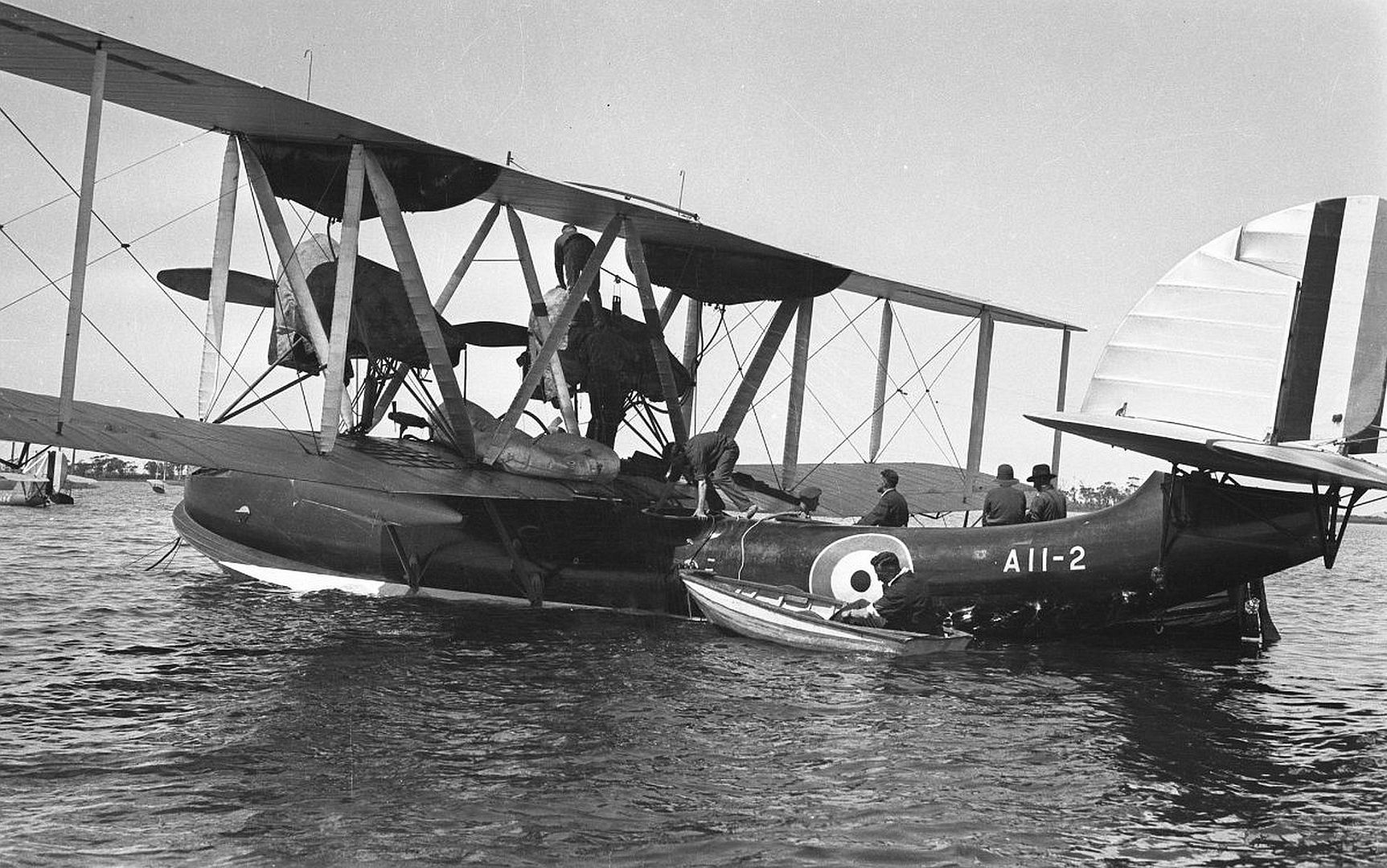
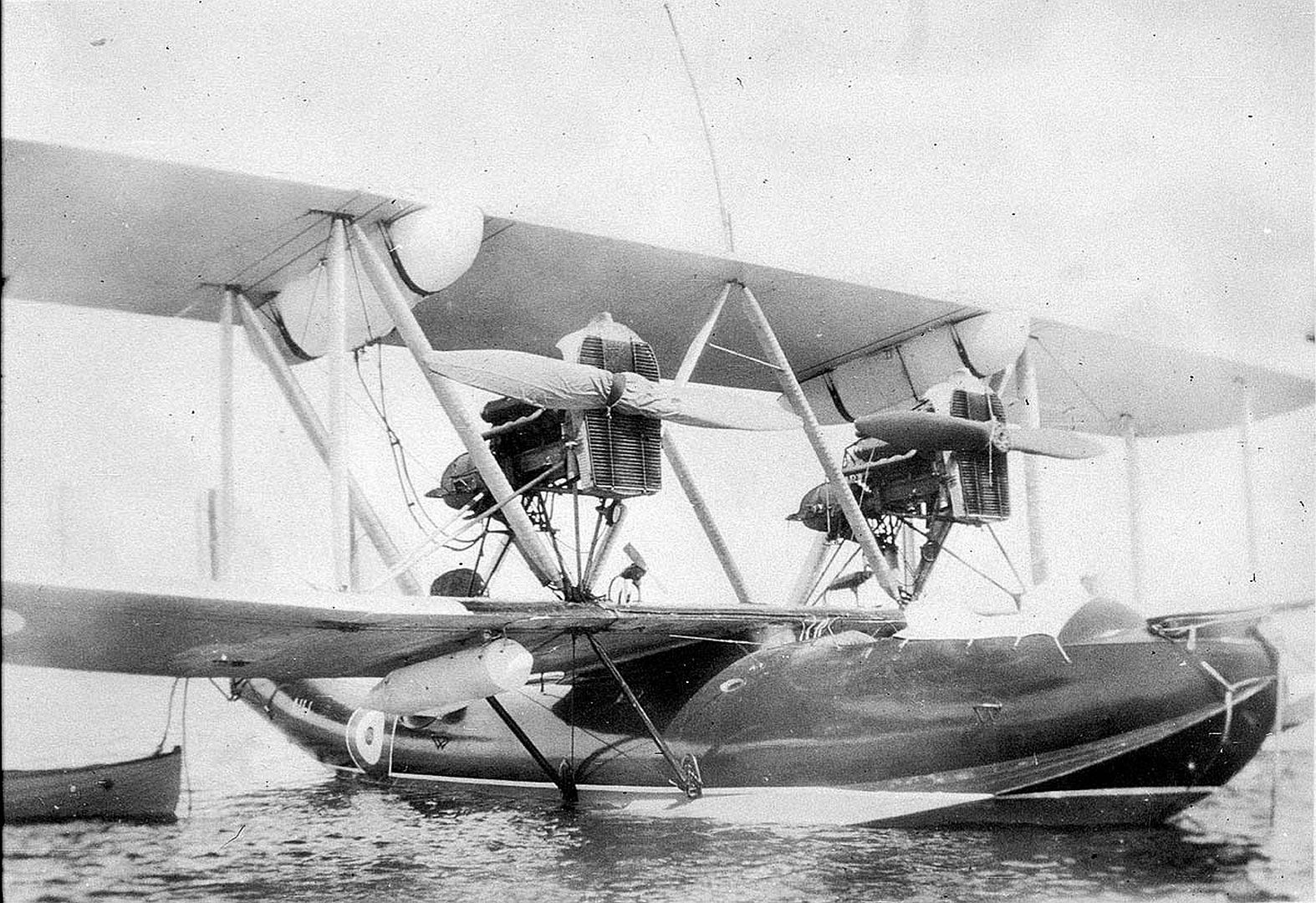
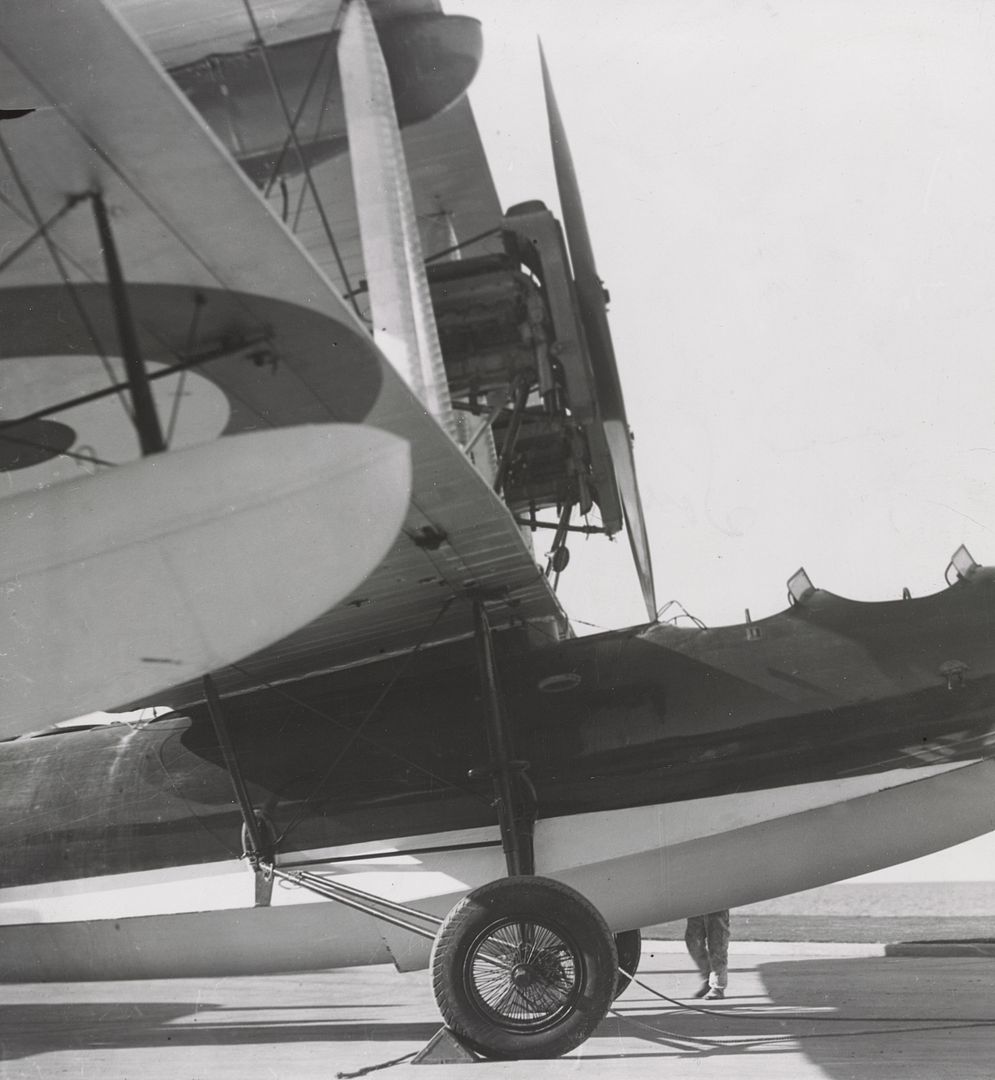


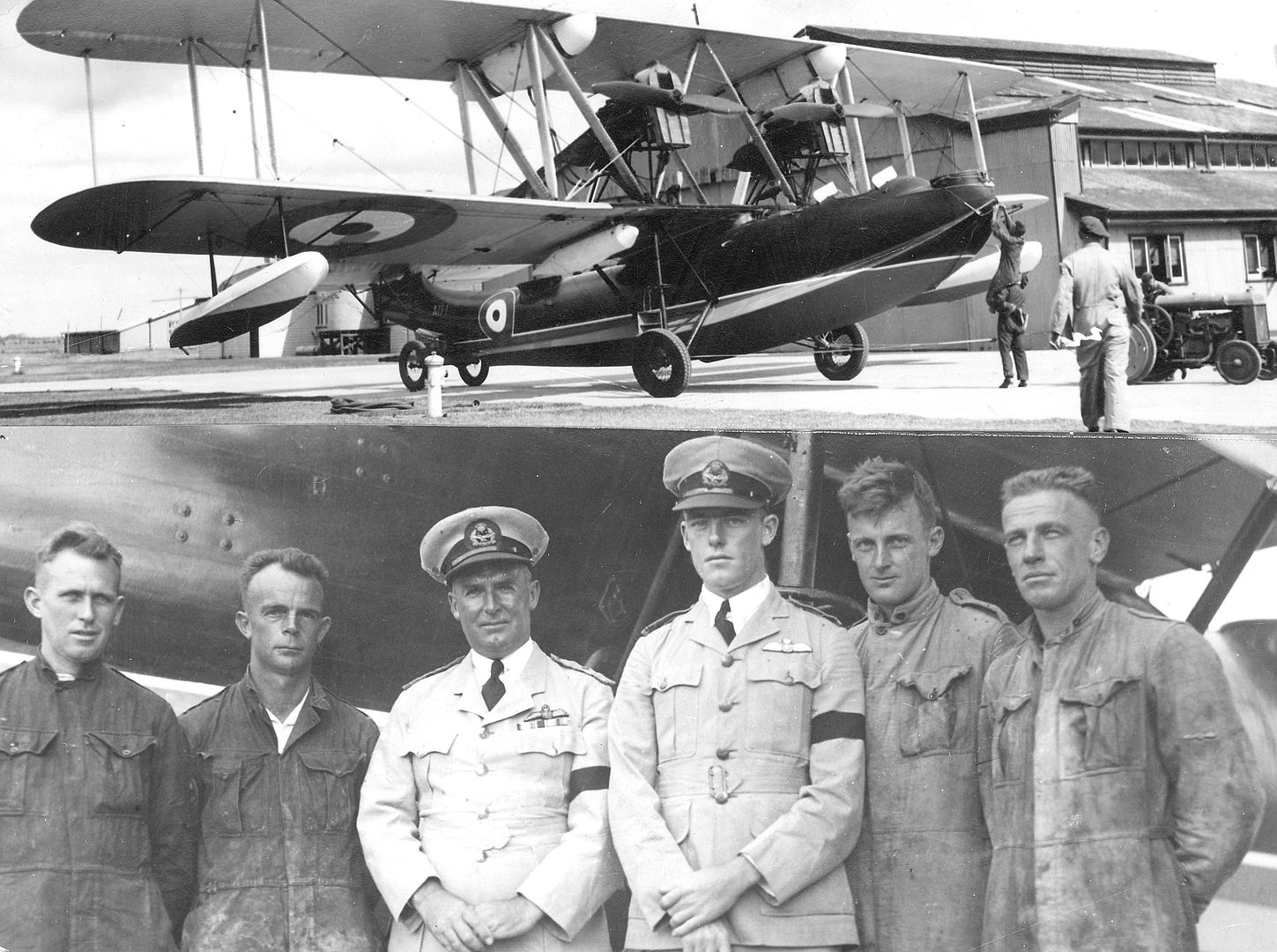
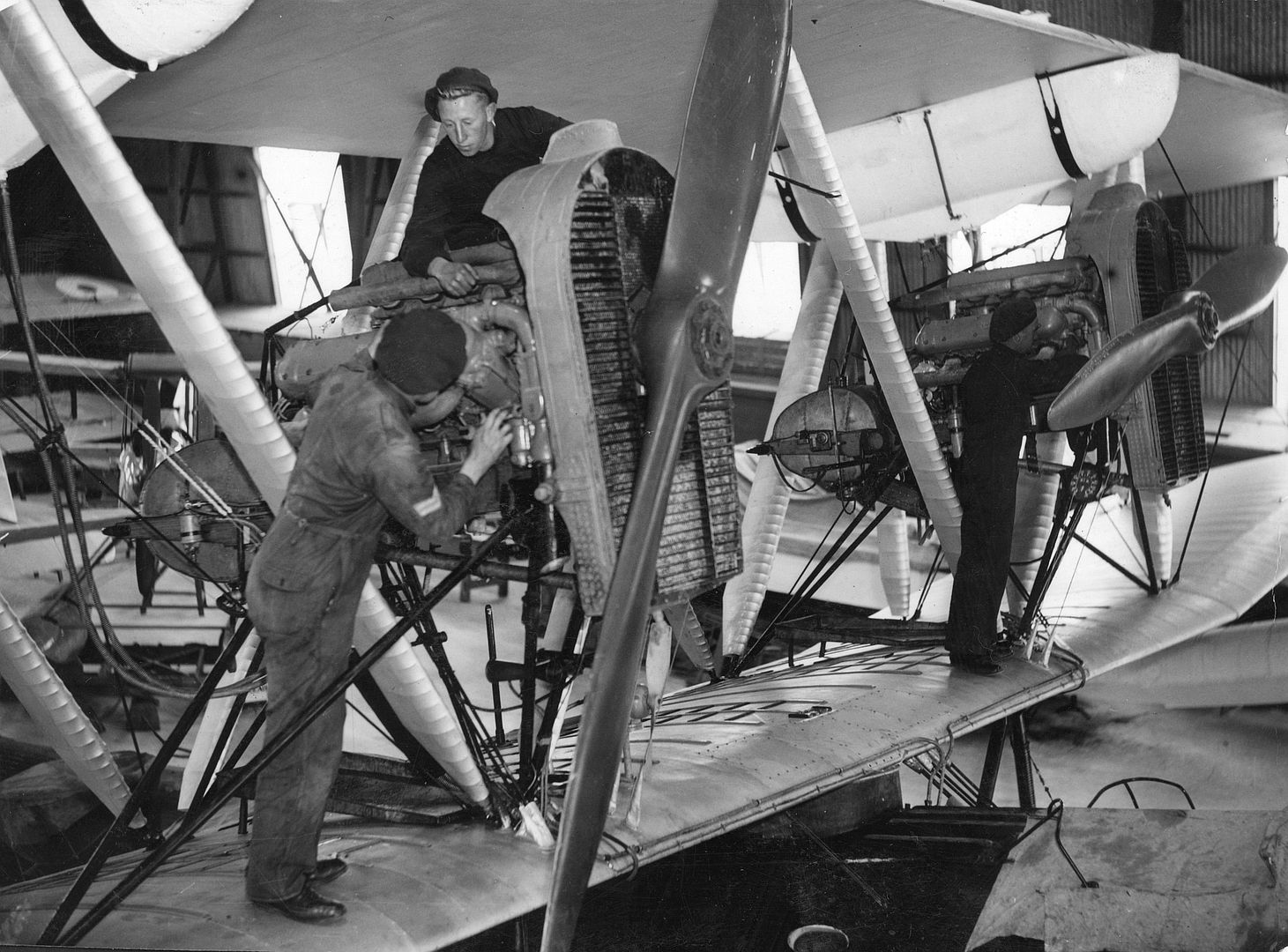
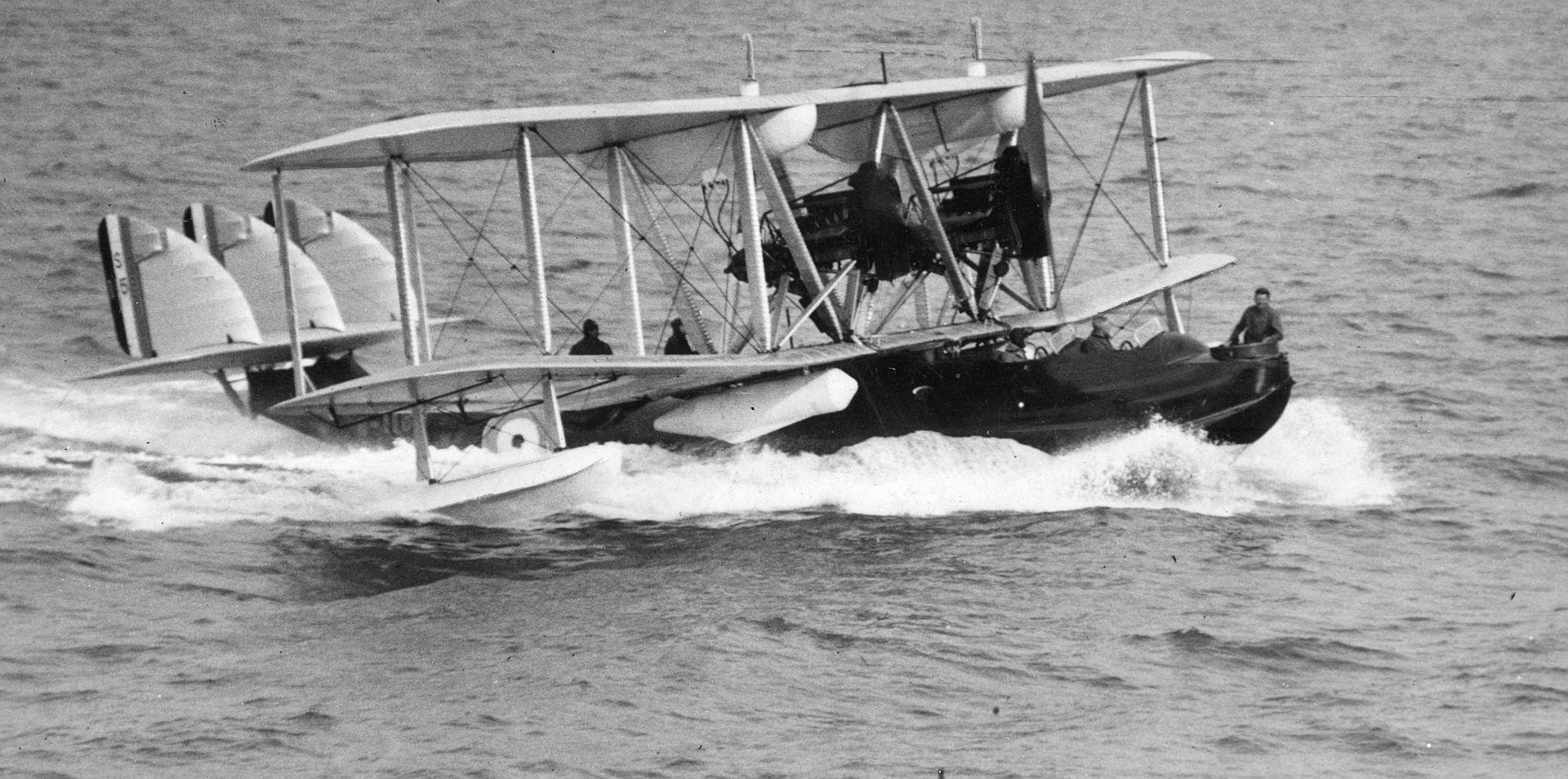
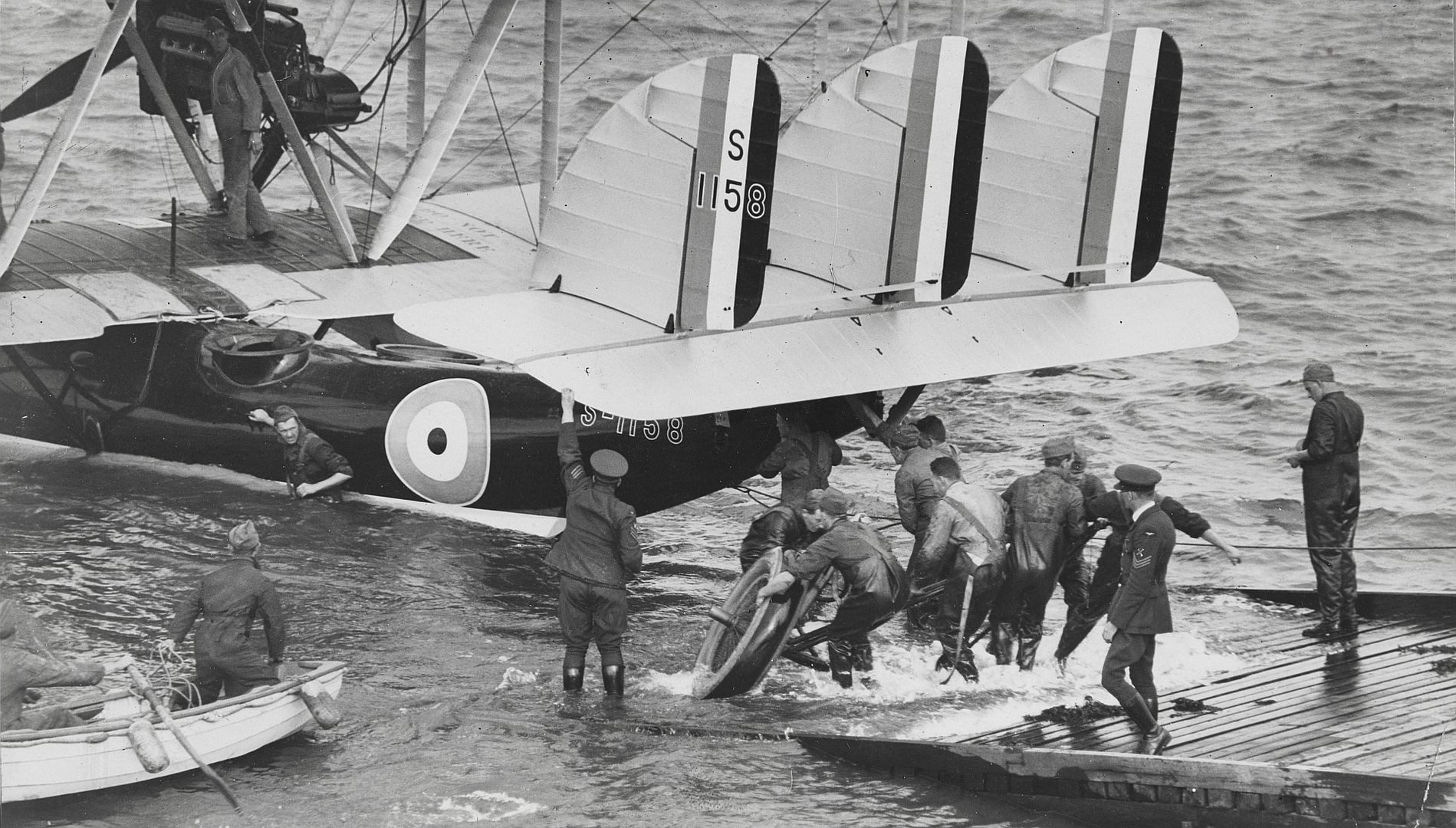
Denmark
Royal Danish Navy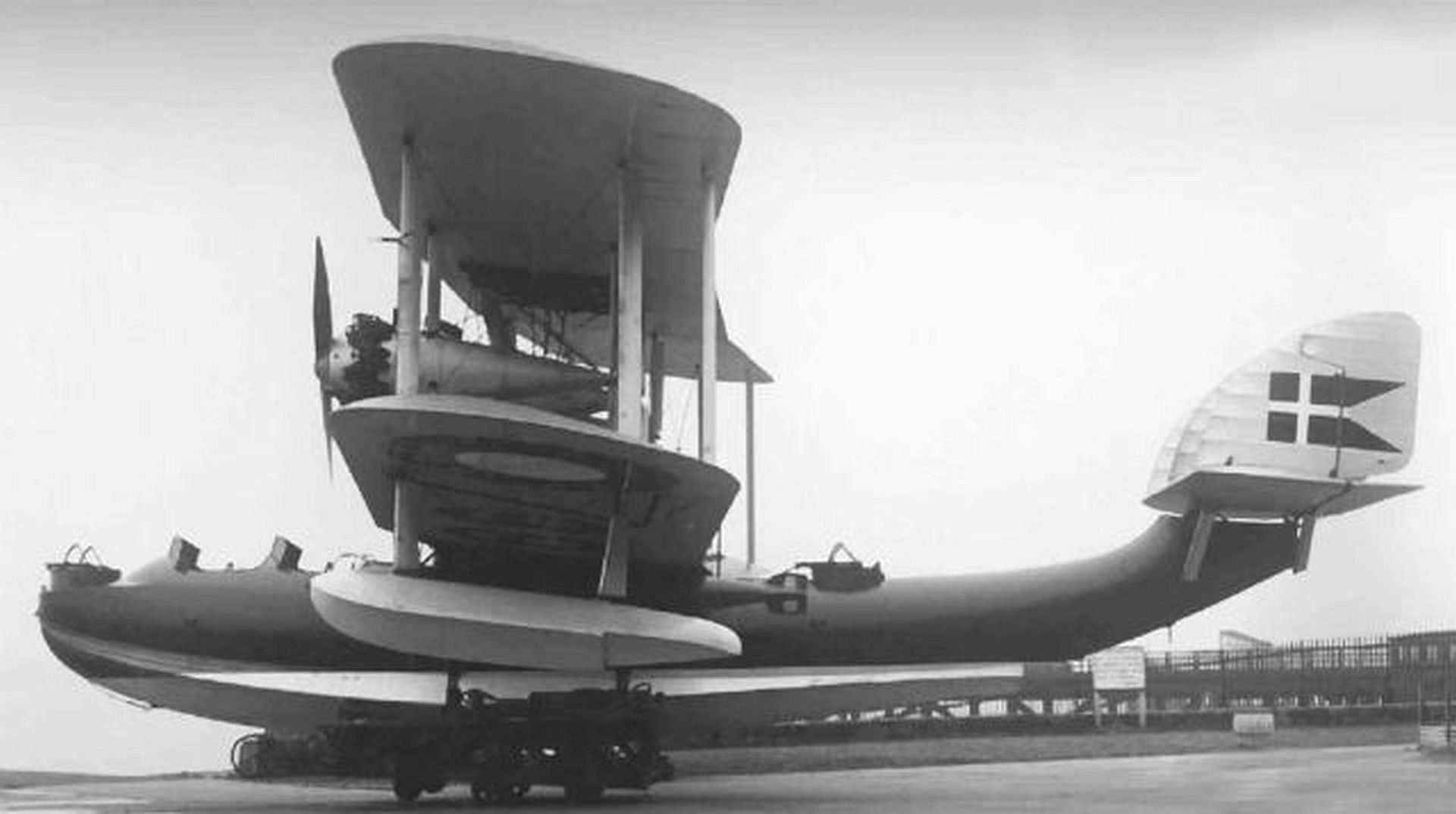
Japan
Imperial Japanese Navy
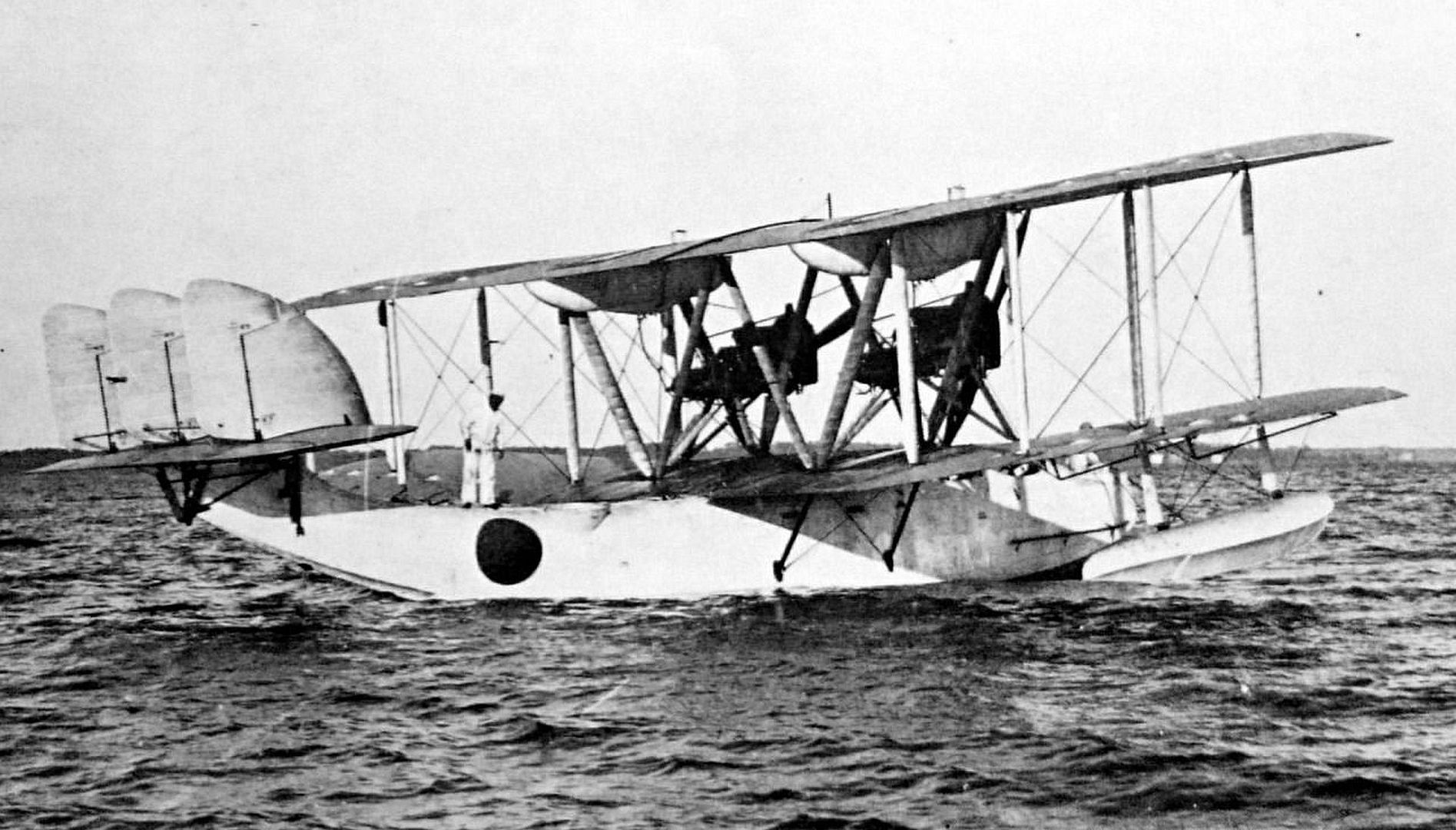
Turkey
Turkish Air Force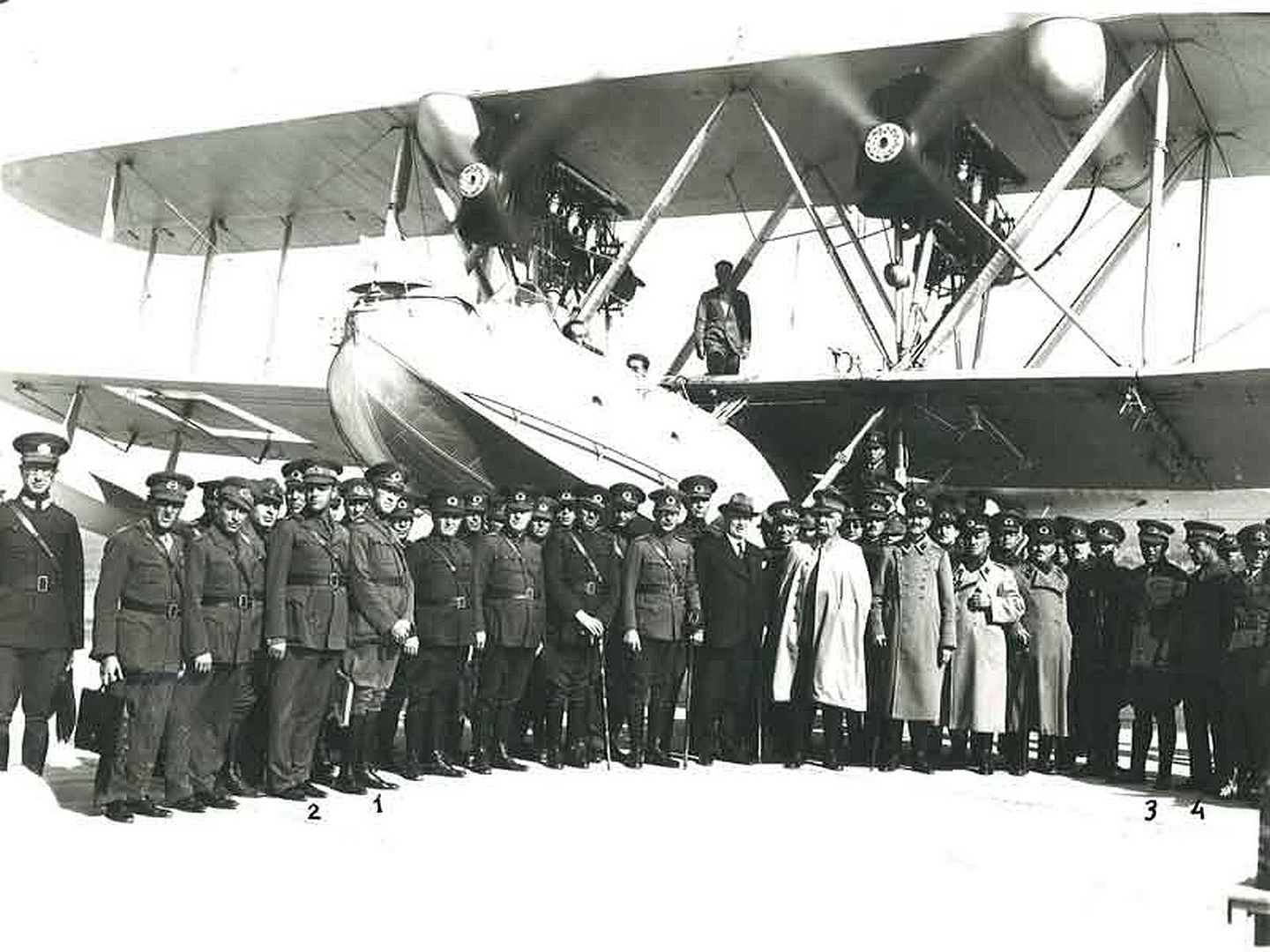
United Kingdom
Royal Air Force
No. 201 Squadron RAF
No. 203 Squadron RAF
No. 204 Squadron RAF
No. 205 Squadron RAF
No. 209 Squadron RAF
No. 210 Squadron RAF
No. 480 (Coastal Reconnaissance) Flight RAF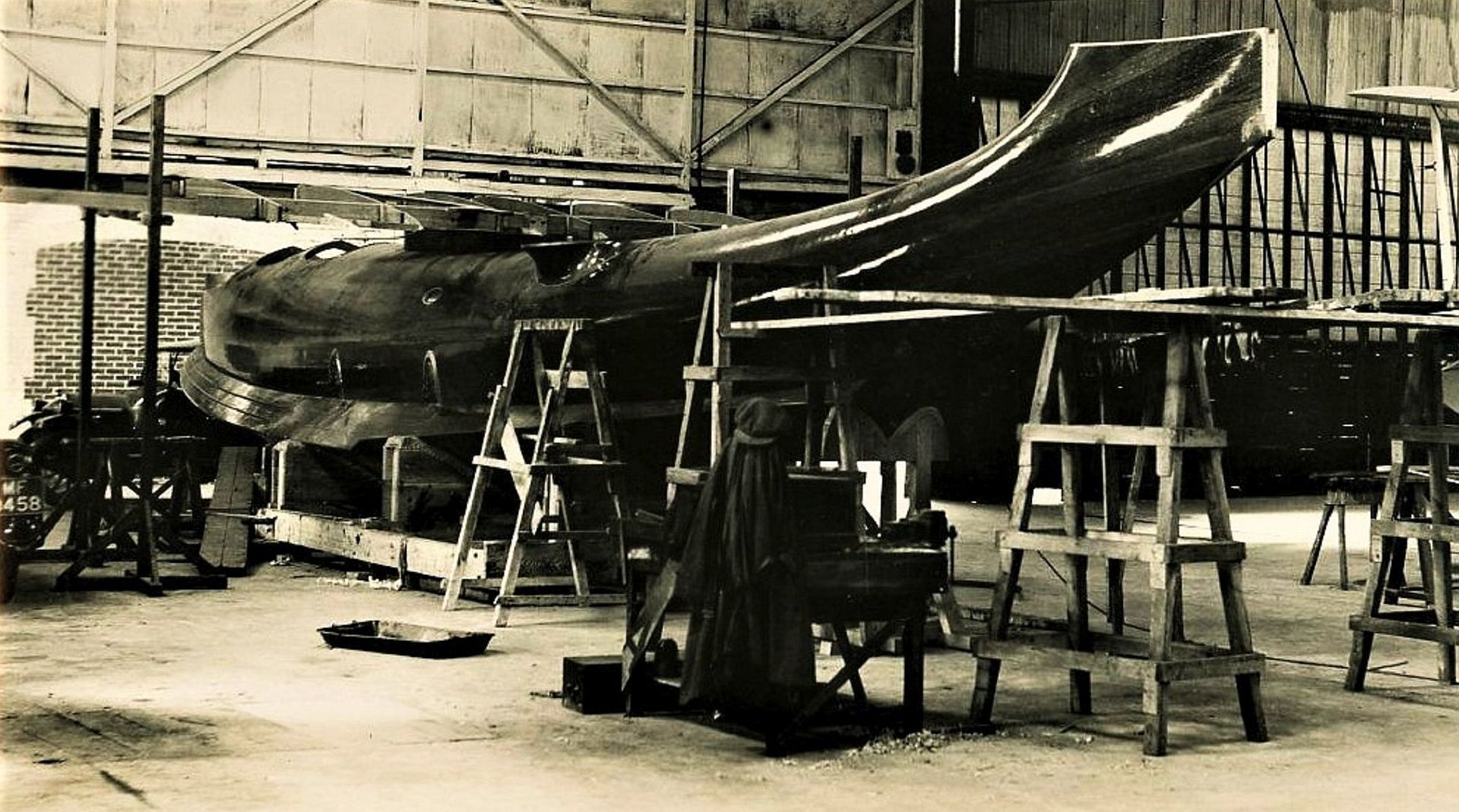
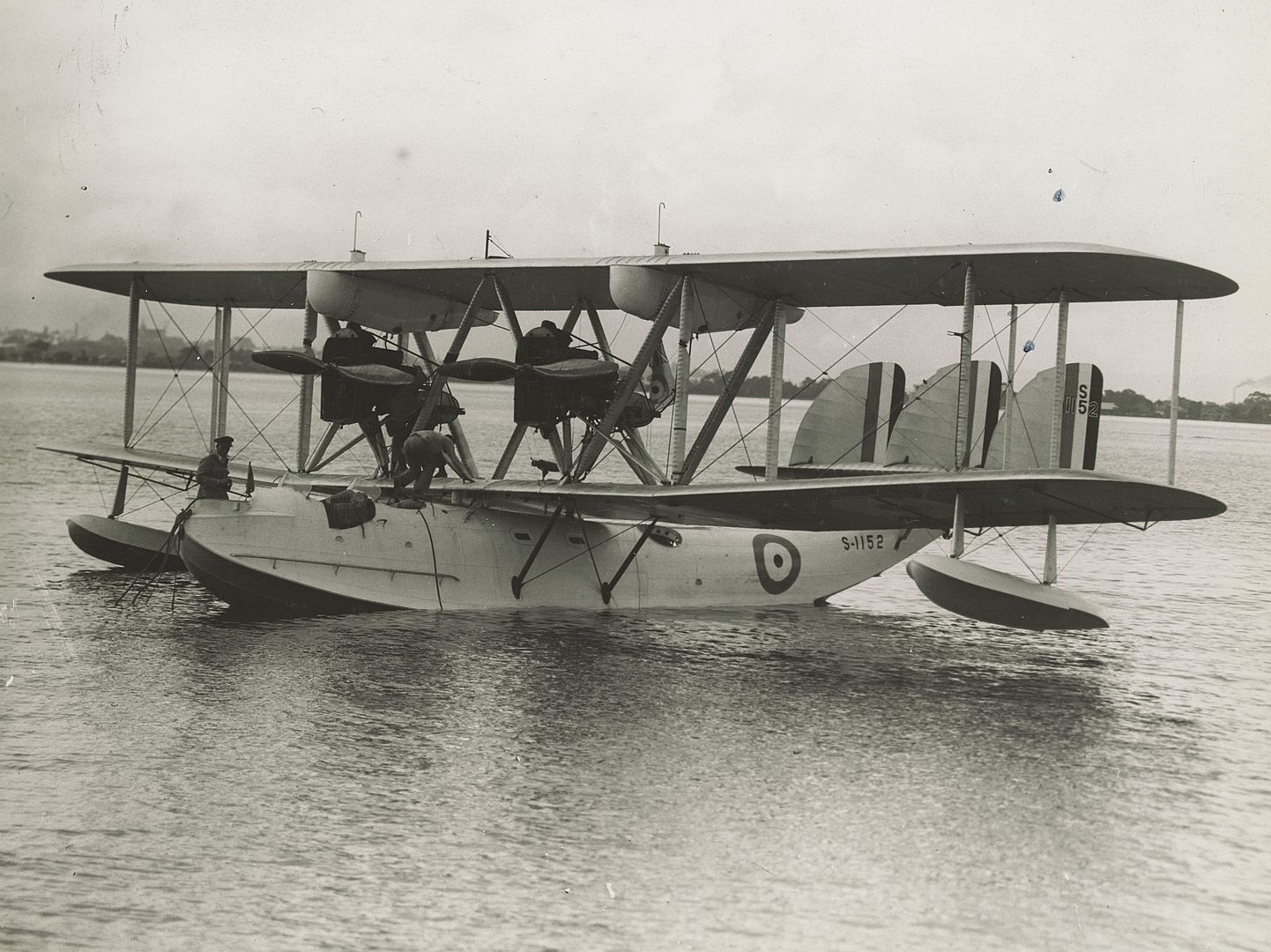
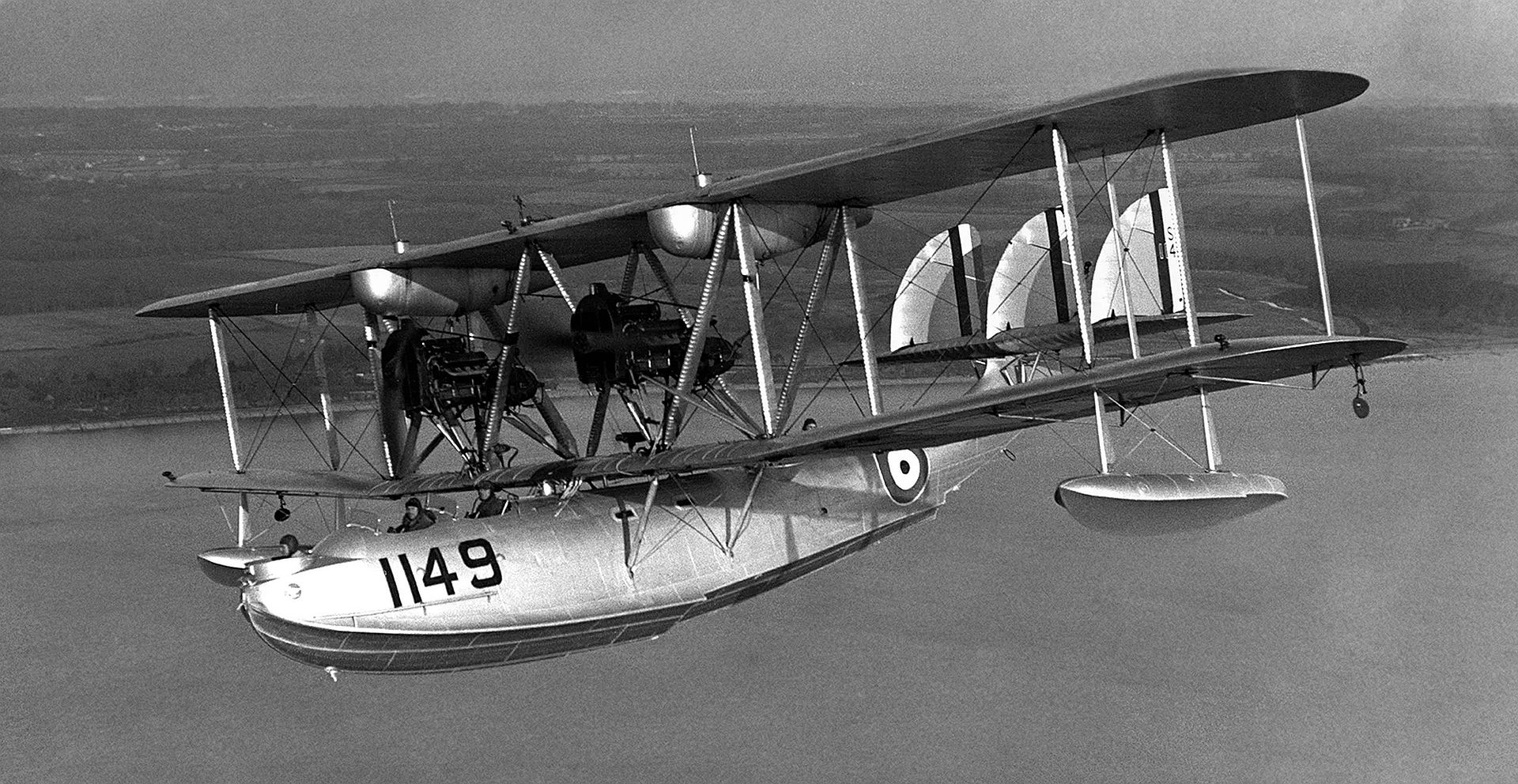
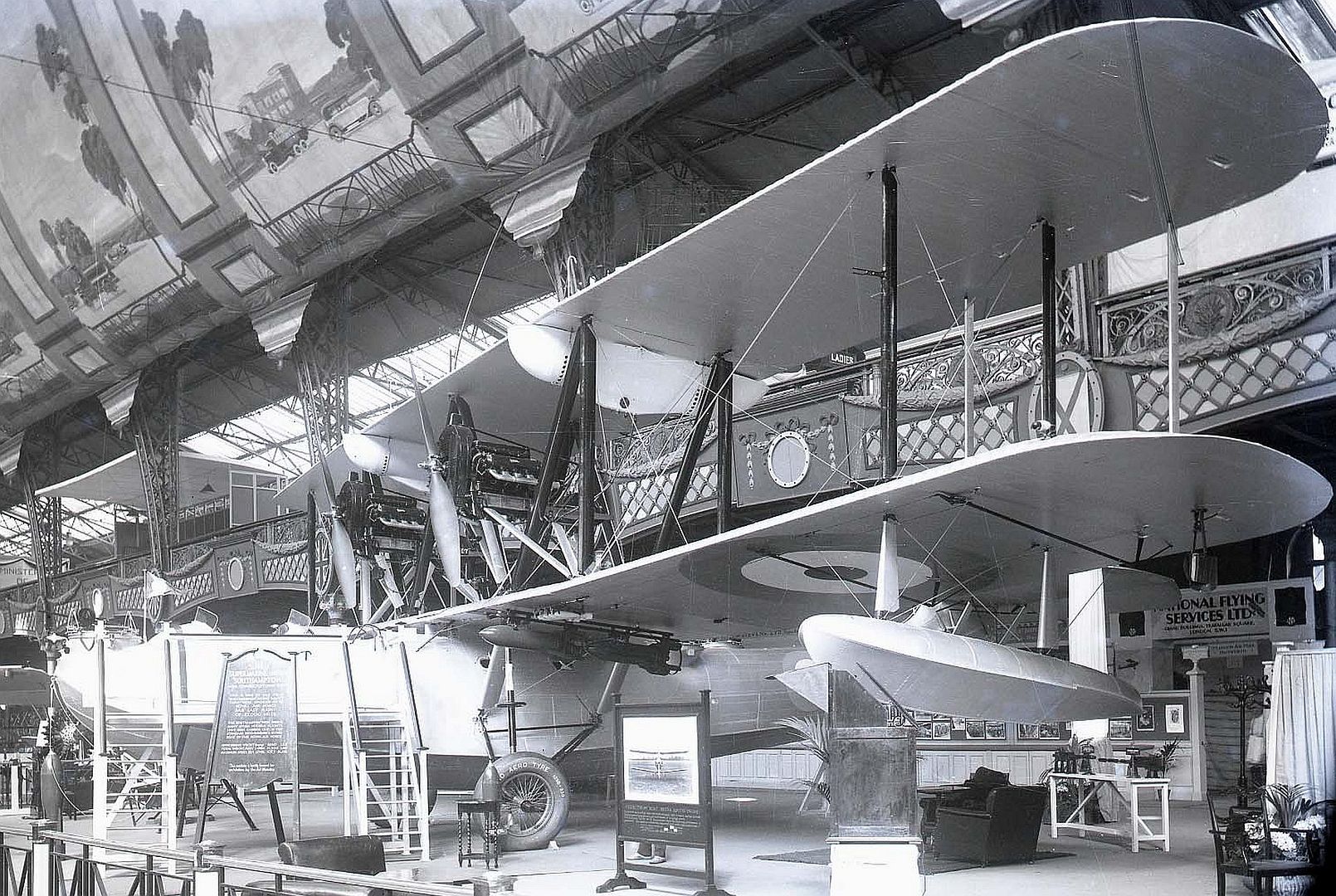

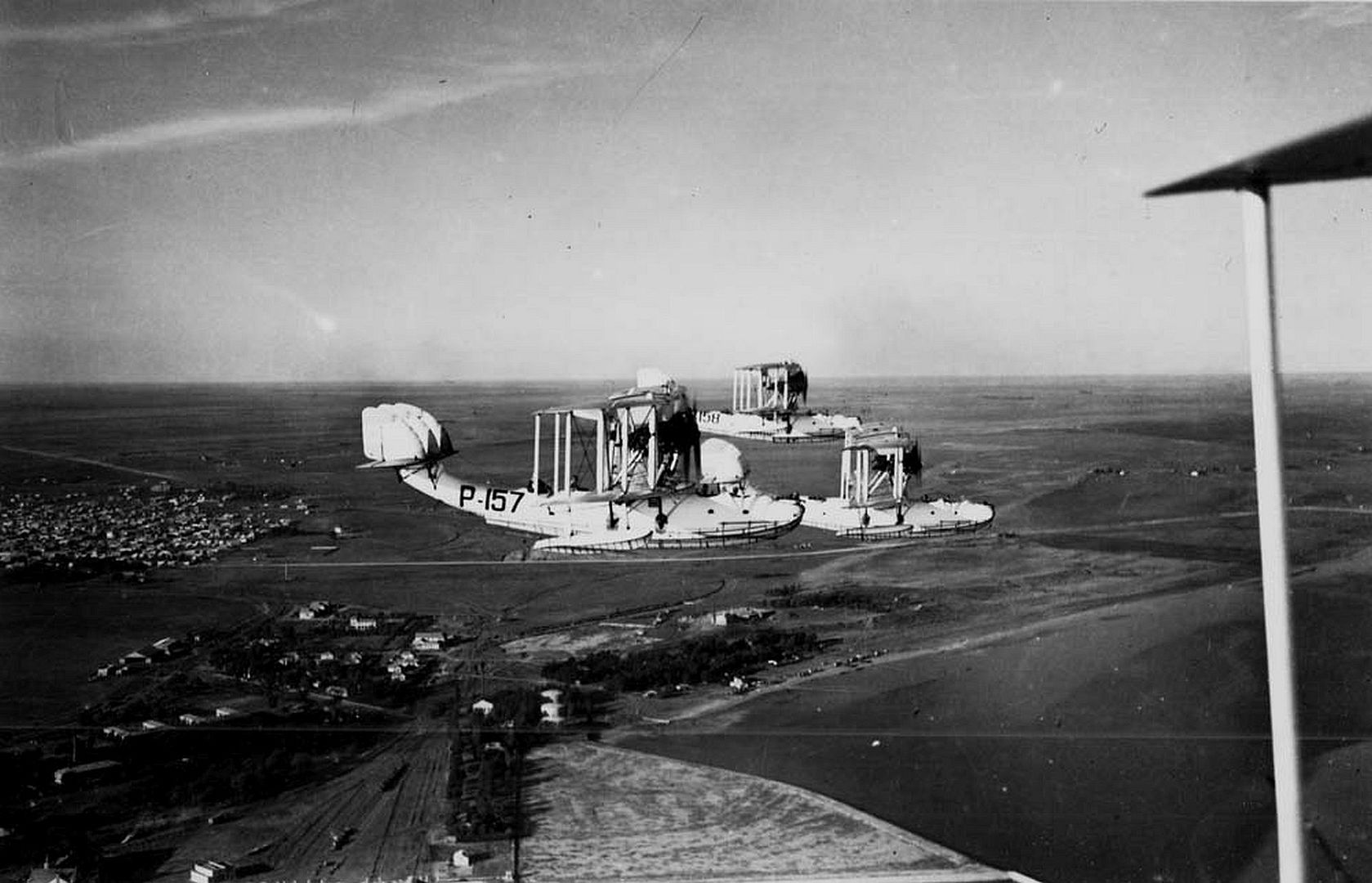
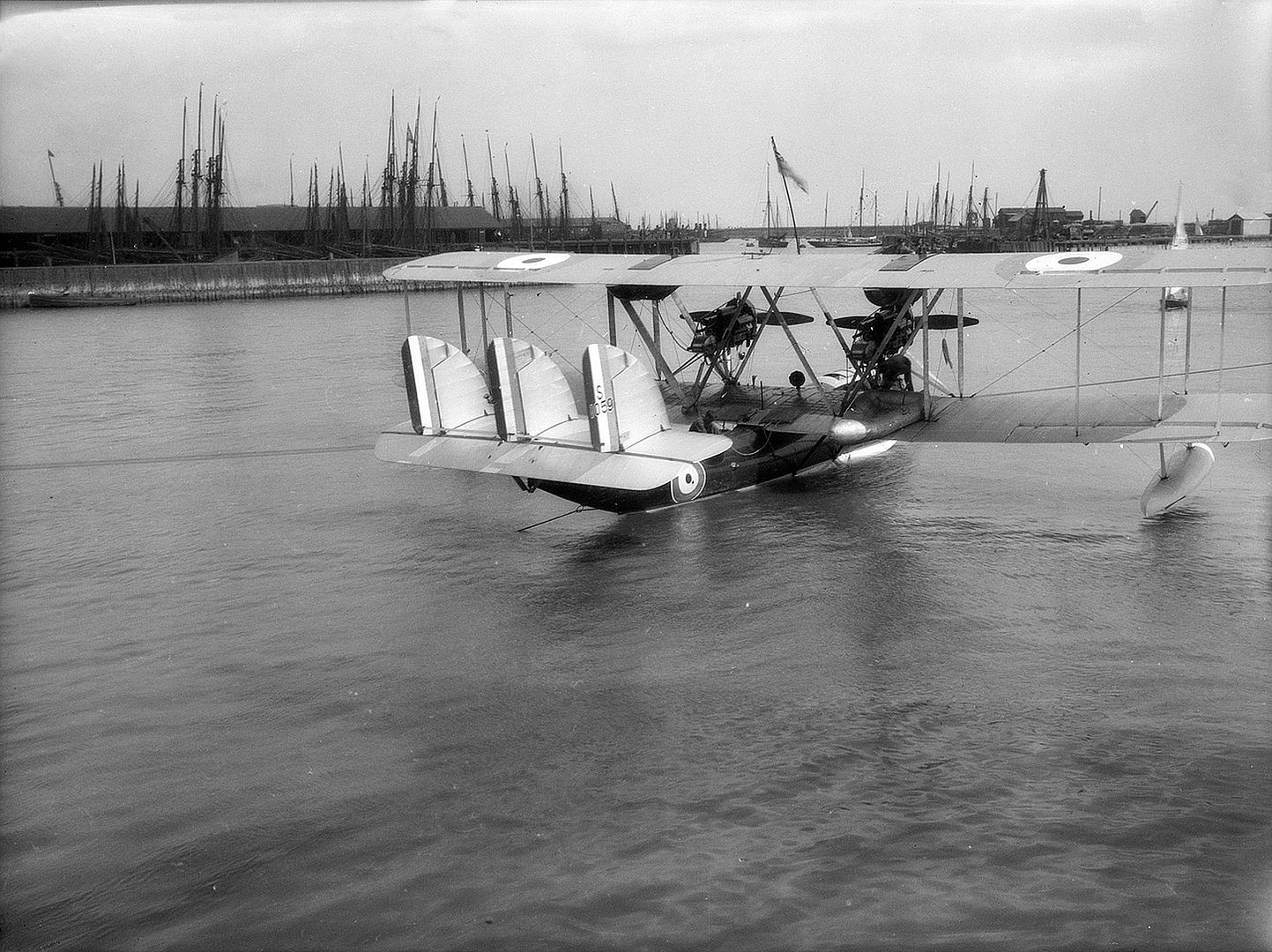
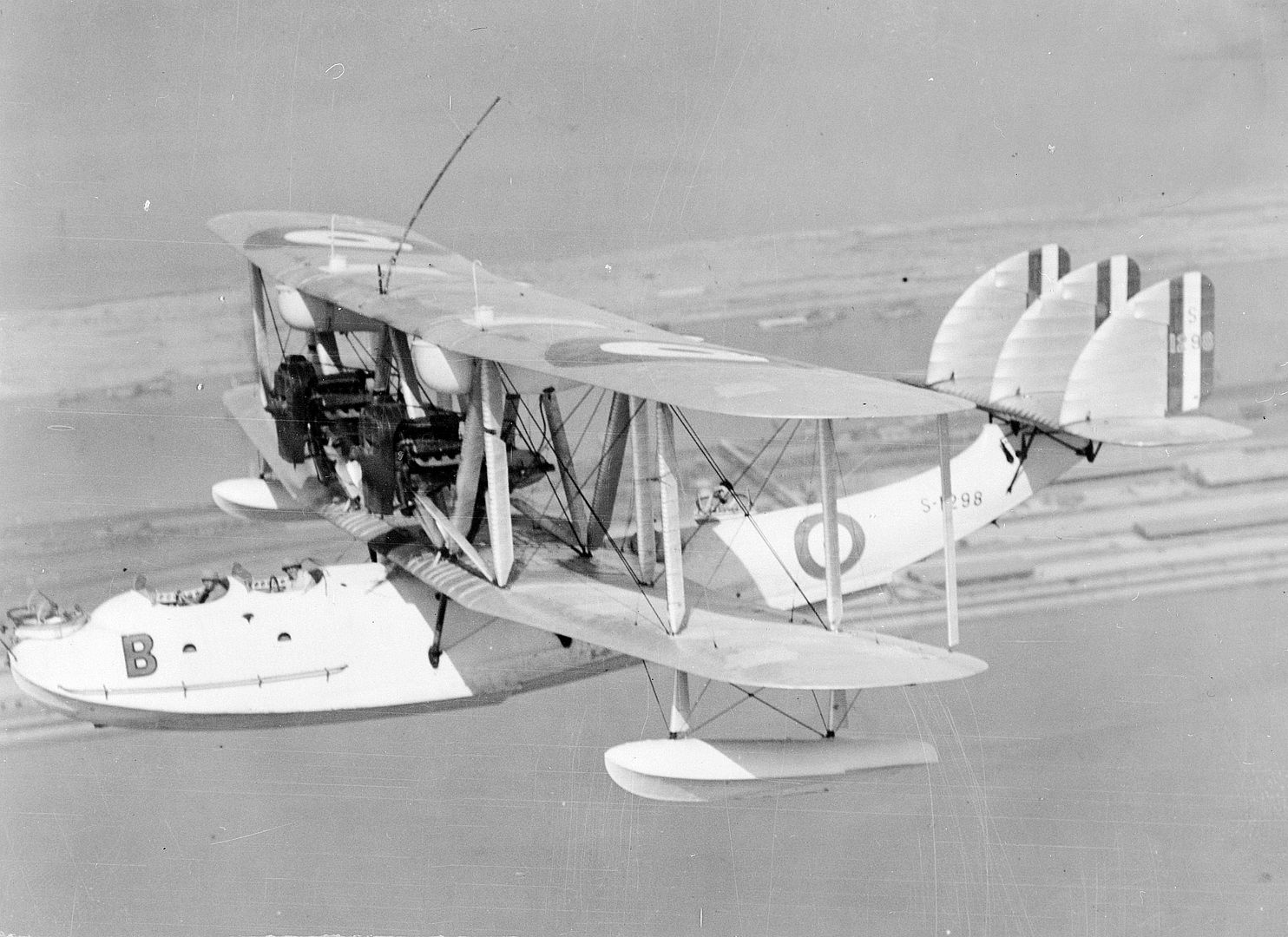



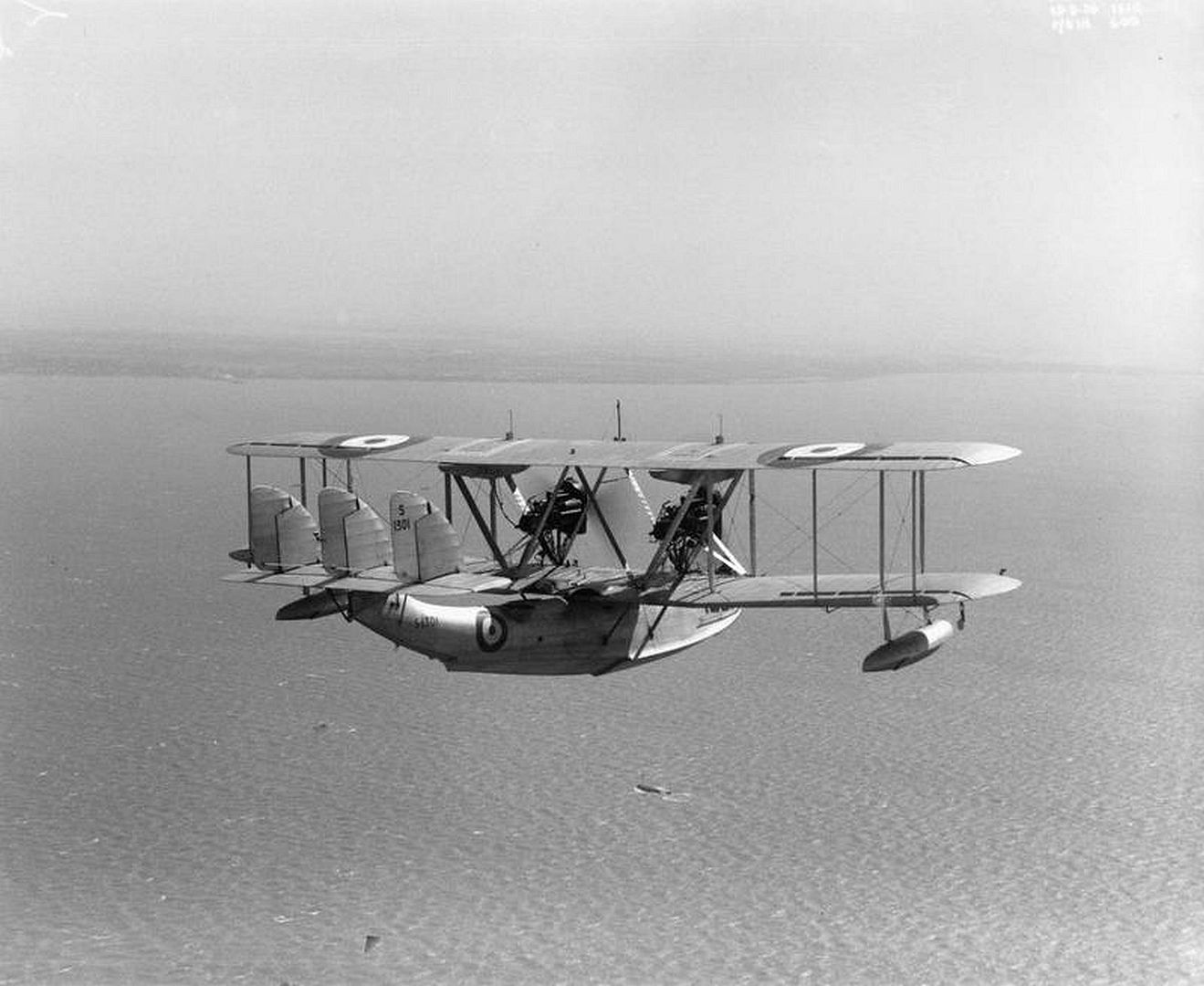
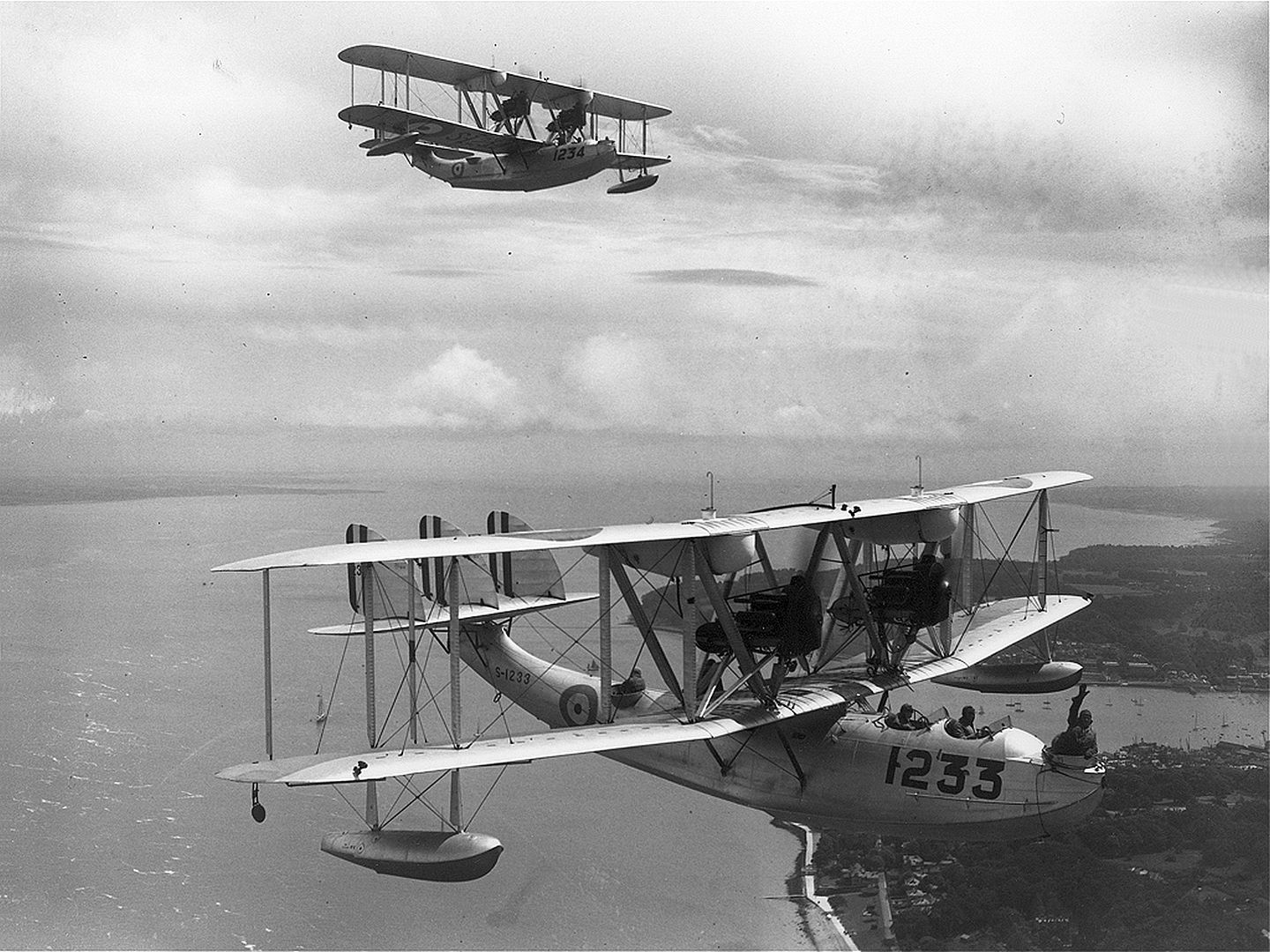
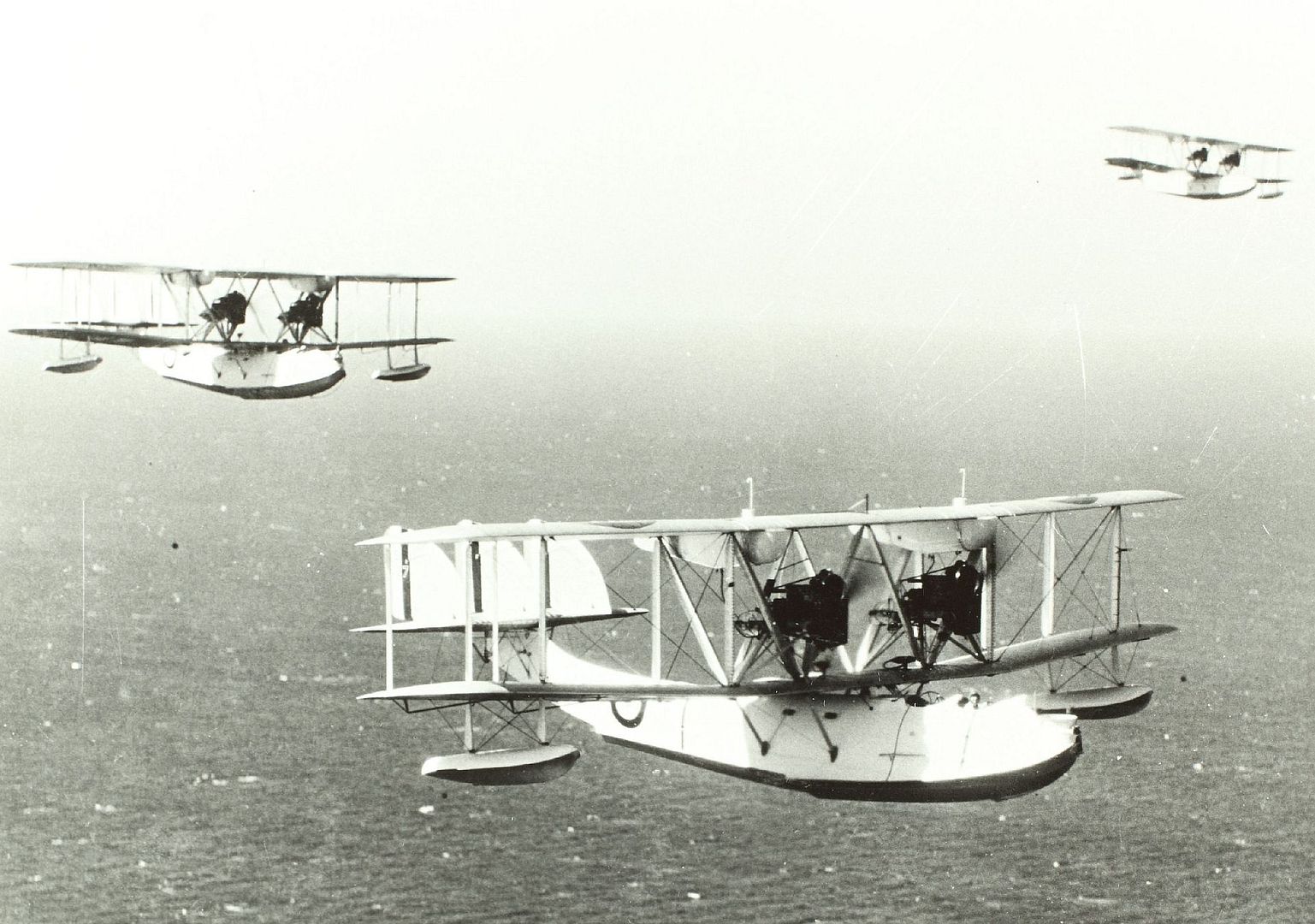
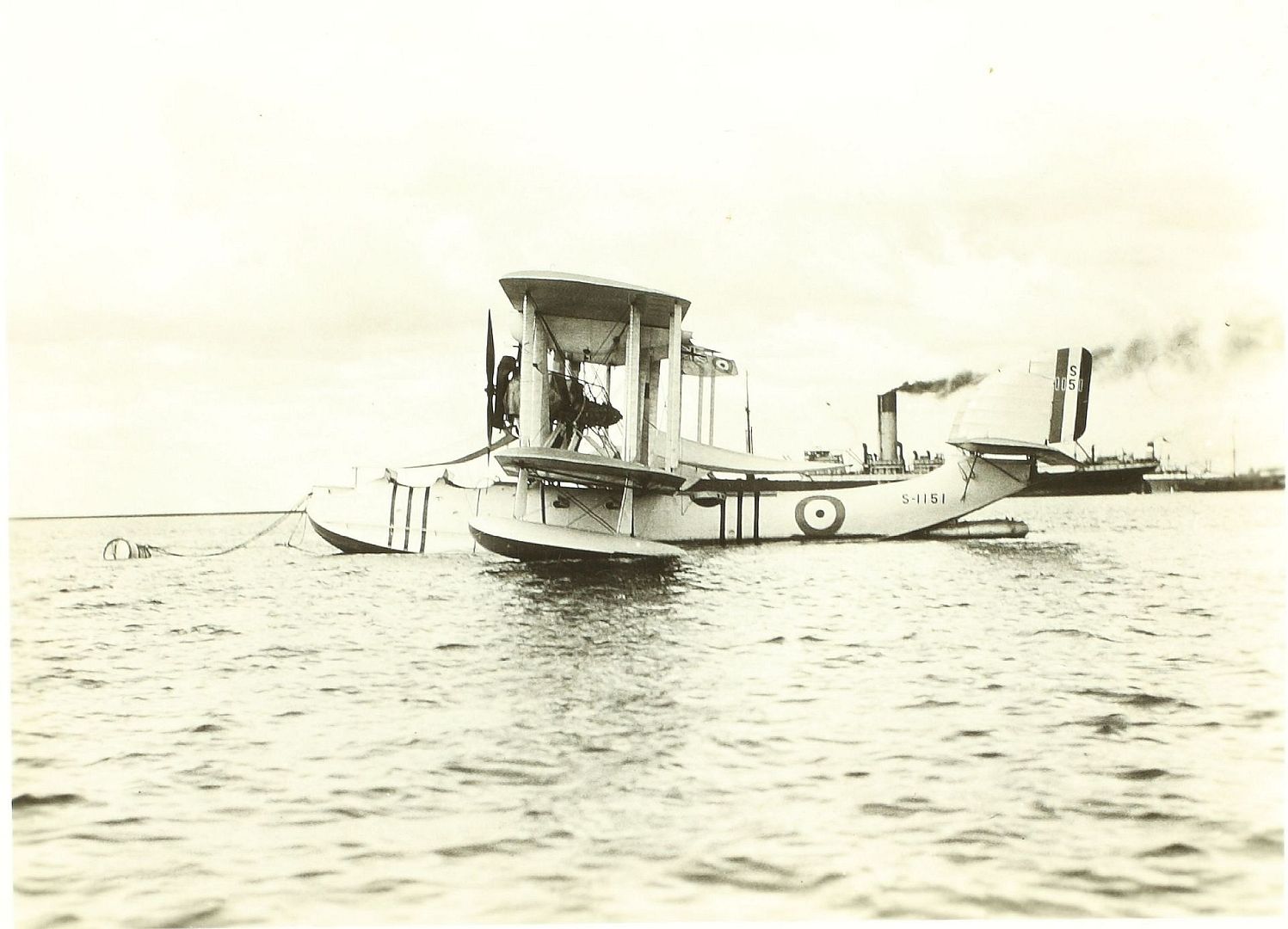
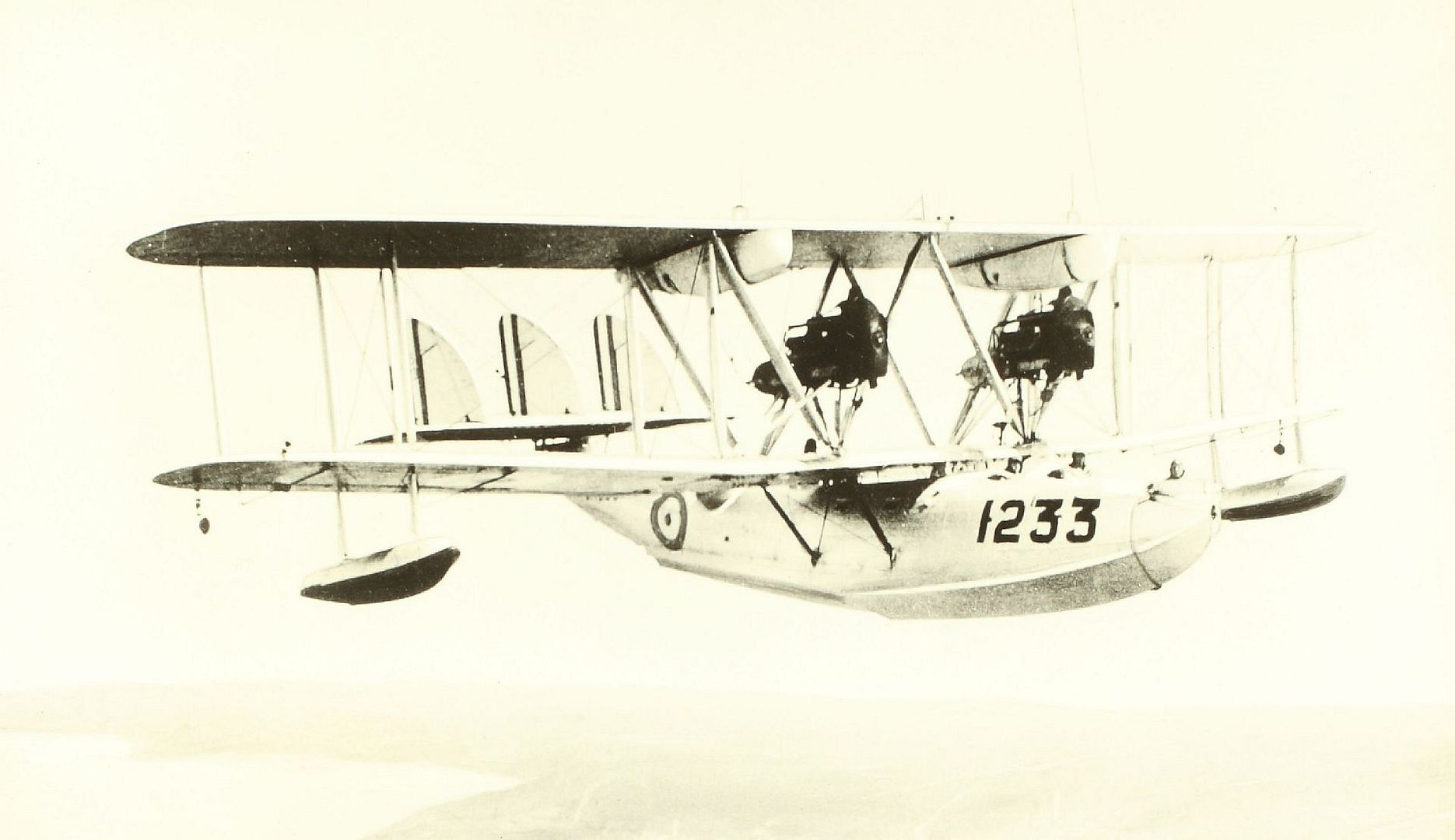




Specifications (Southampton II)
General characteristics
Length: 49 ft 8+1⁄2 in (15.151 m)
Wingspan: 75 ft 0 in (22.86 m)
Height: 20 ft 5 in (6.22 m)
Wing area: 1,448 sq ft (134.5 m2)
Empty weight: 9,697 lb (4,398 kg)
Gross weight: 15,200 lb (6,895 kg)
Max takeoff weight: 18,000 lb (8,165 kg) (overload)
Powerplant: 2 × Napier Lion VA inline W-block, 500 hp (370 kW) each
Performance
Maximum speed: 95 mph (153 km/h, 83 kn) at sea level
Range: 544 mi (875 km, 473 nmi) at 86 mph (75 kn; 138 km/h) and 2,000 ft (610 m)
Endurance: 6.3 hours
Service ceiling: 5,950 ft (1,810 m)
Absolute ceiling: 8,100 ft (2,500 m)
Rate of climb: 368 ft/min (1.87 m/s)
Time to altitude: 29 minutes, 42 seconds to 6,000 ft (1,800 m)
Armament
Guns: Three × .303 in (7.7 mm) Lewis guns, one in bows and two amidships
Bombs: 1,100 lb of bombs under the wings
(Textfrom Wikki)
Post a reply
- Go to Previous topic
- Go to Next topic
- Go to Welcome
- Go to Introduce Yourself
- Go to General Discussion
- Go to Screenshots, Images and Videos
- Go to Off topic
- Go to Works in Progress
- Go to Skinning Tips / Tutorials
- Go to Skin Requests
- Go to IJAAF Library
- Go to Luftwaffe Library
- Go to RAF Library
- Go to USAAF / USN Library
- Go to Misc Library
- Go to The Ops Room
- Go to Made in Germany
- Go to Campaigns and Missions
- Go to Works in Progress
- Go to Juri's Air-Raid Shelter
- Go to Campaigns and Missions
- Go to Works in Progress
- Go to Skinpacks
- Go to External Projects Discussion
- Go to Books & Resources
